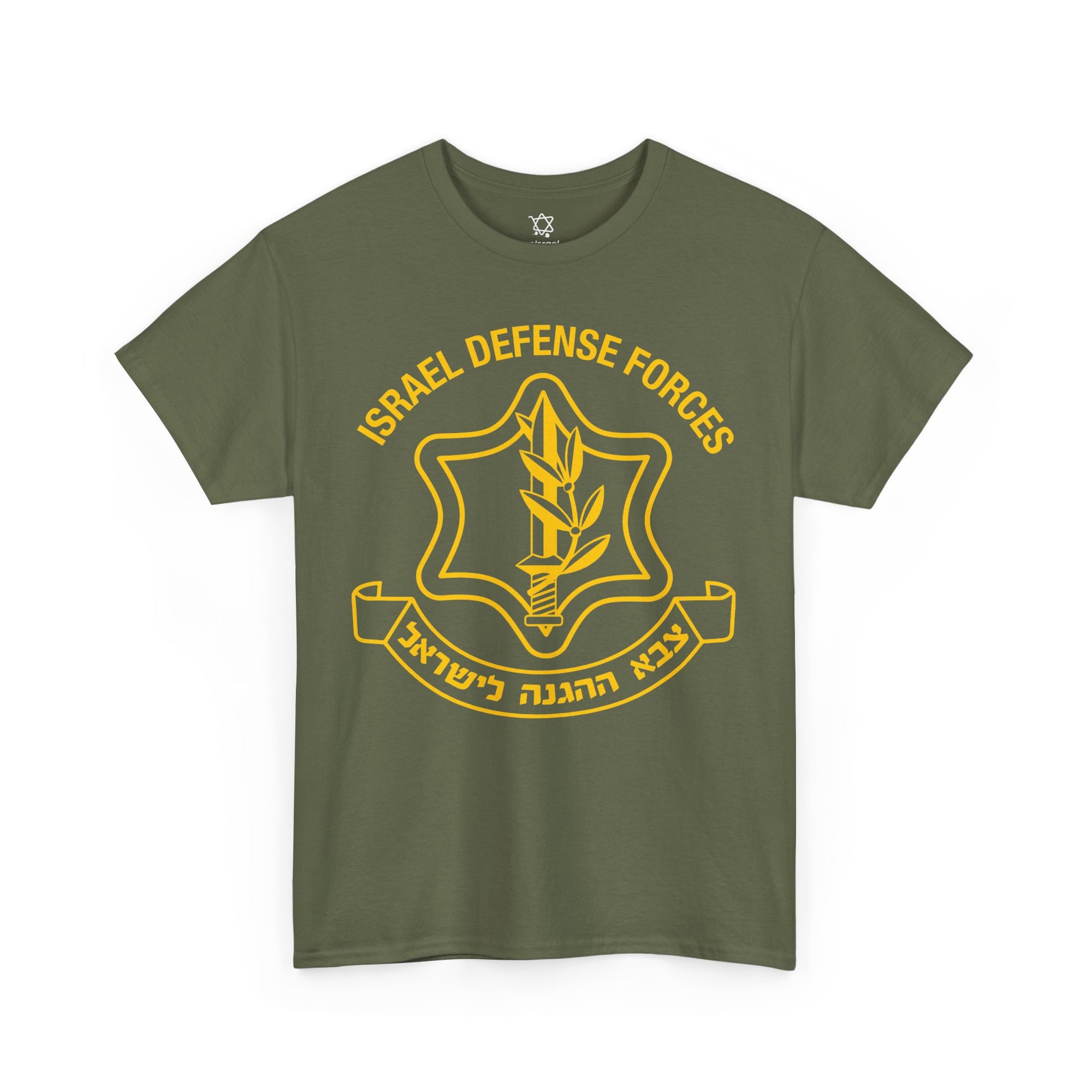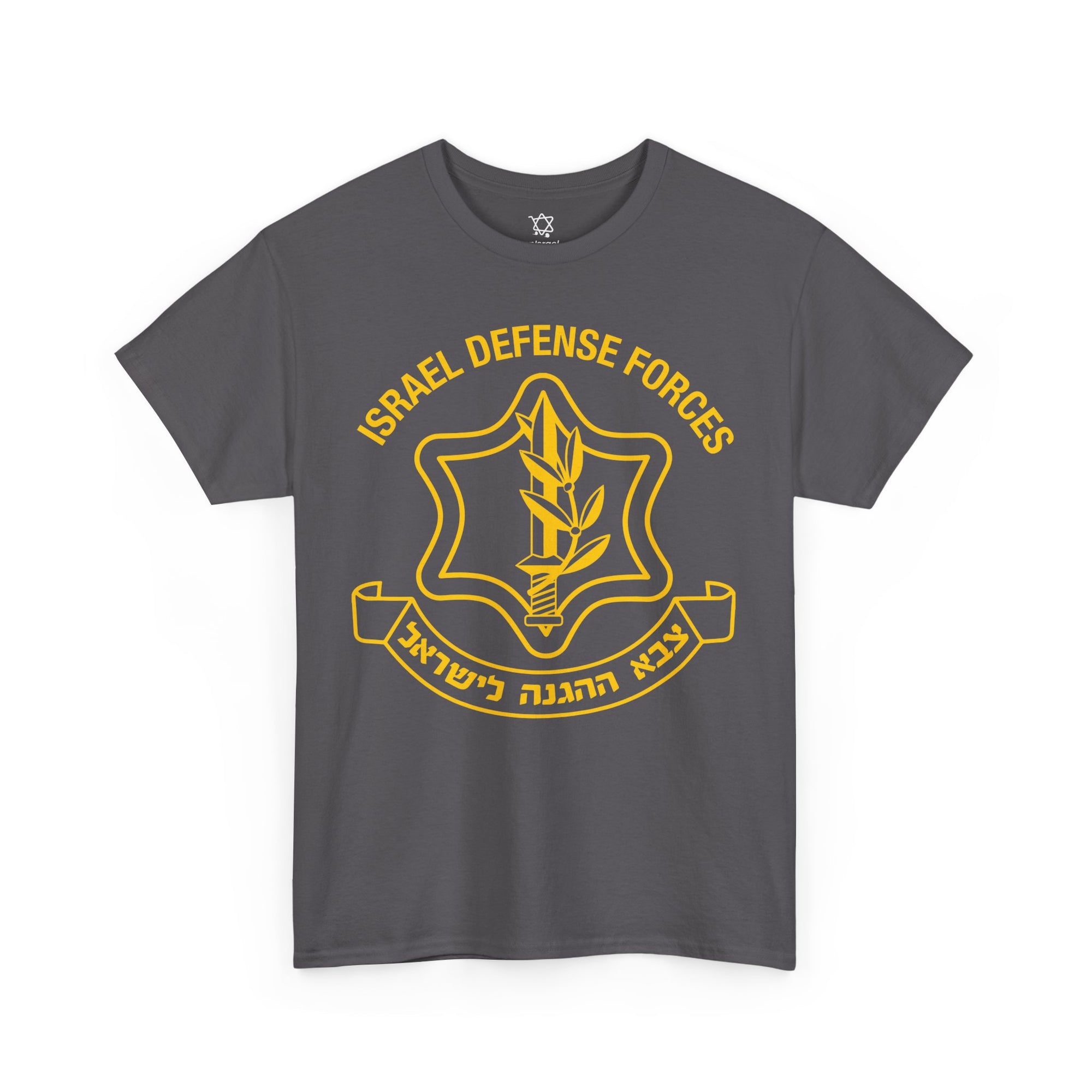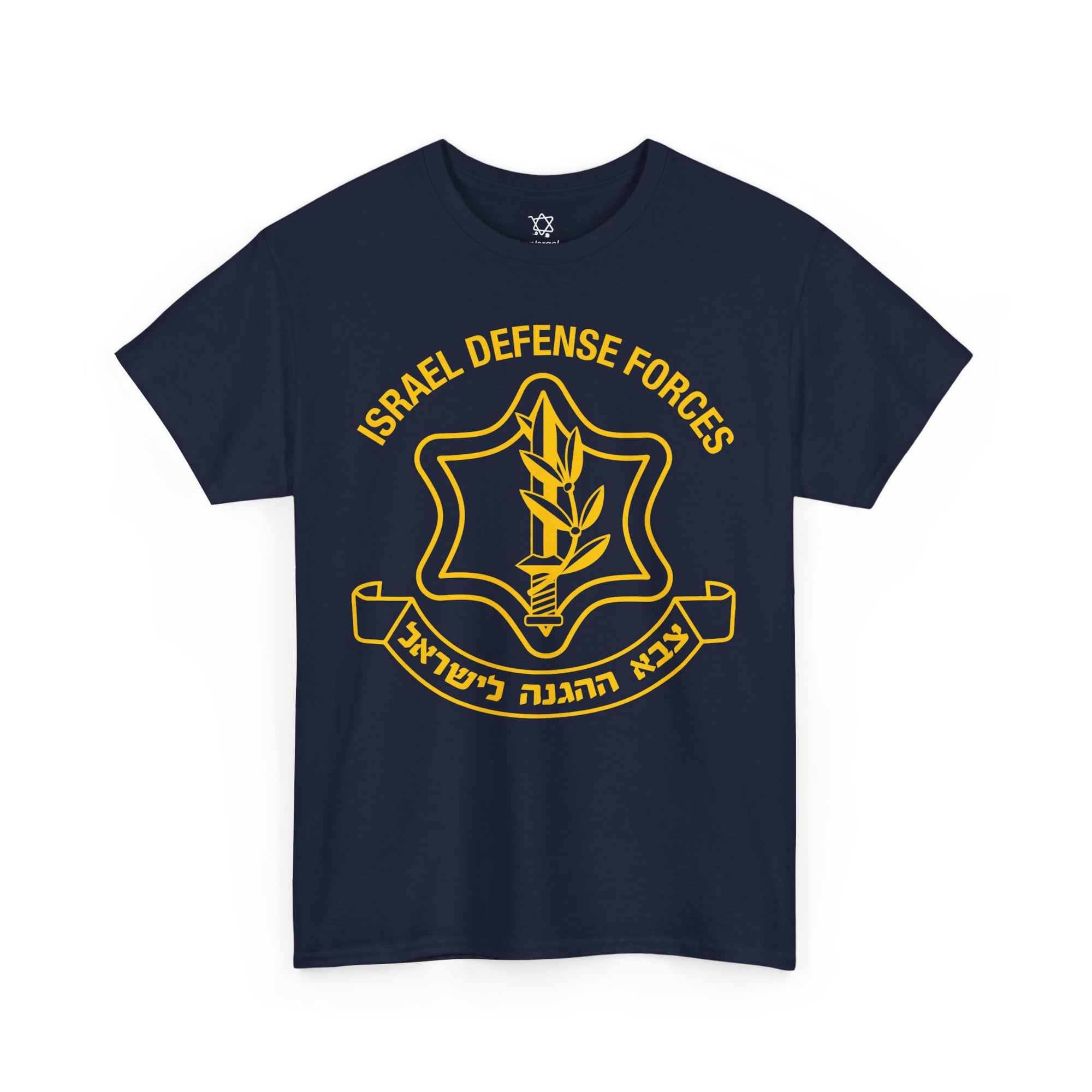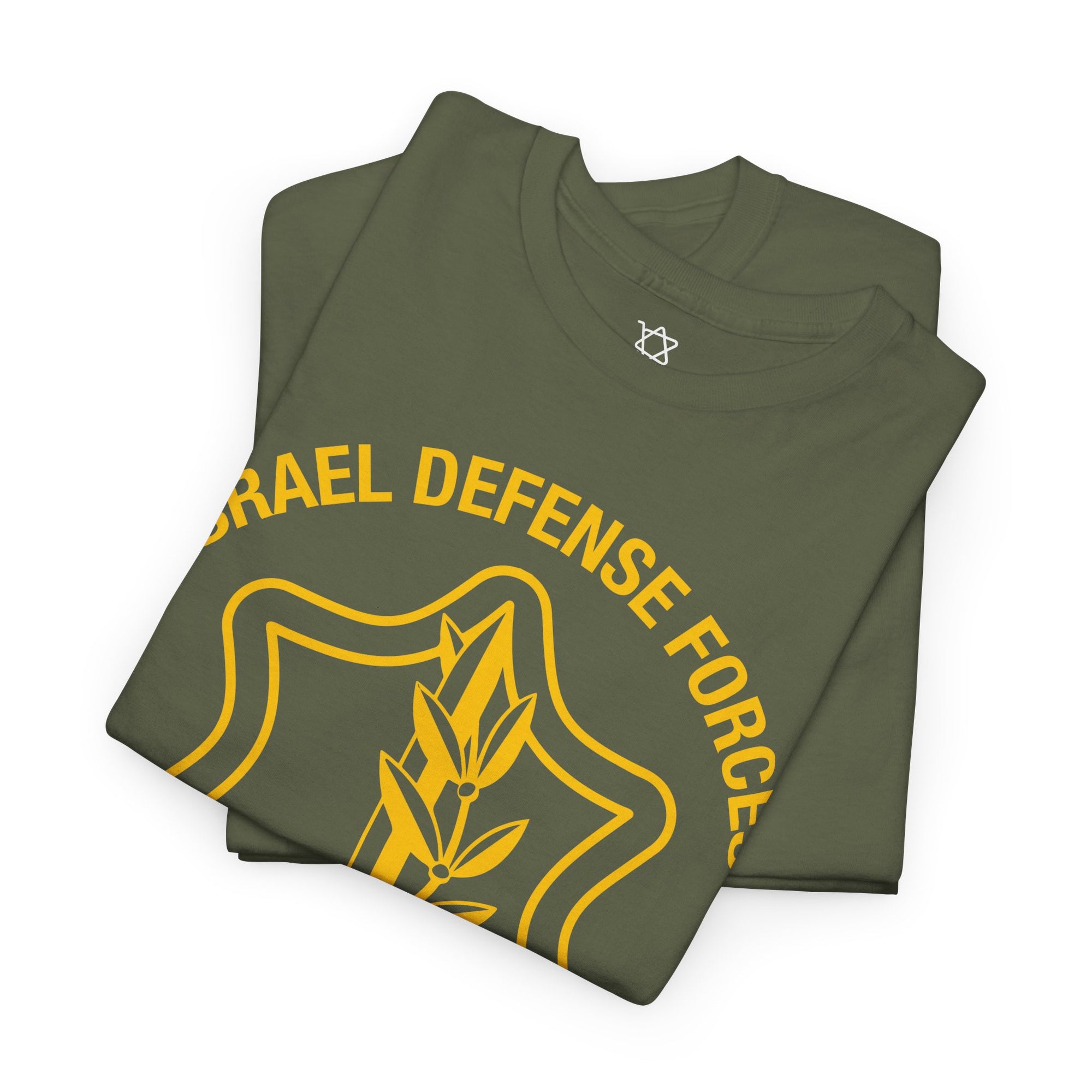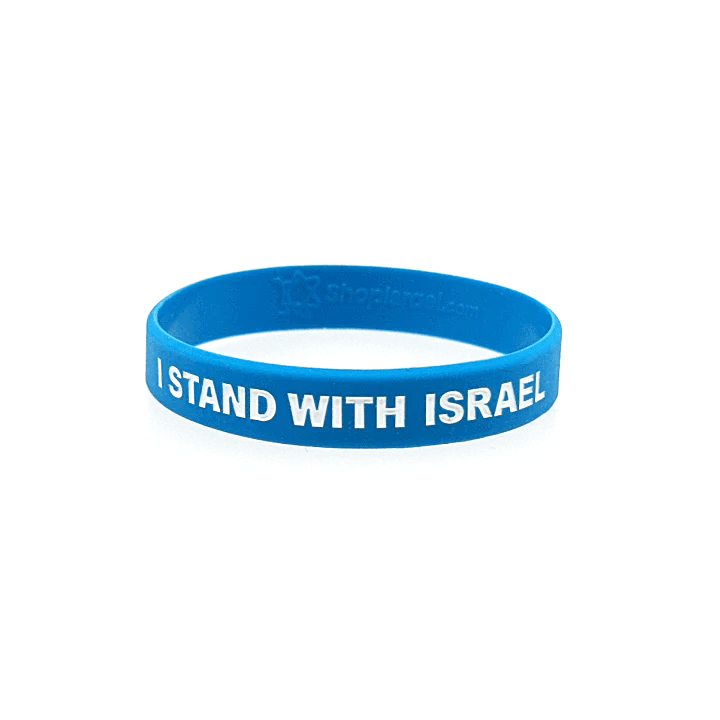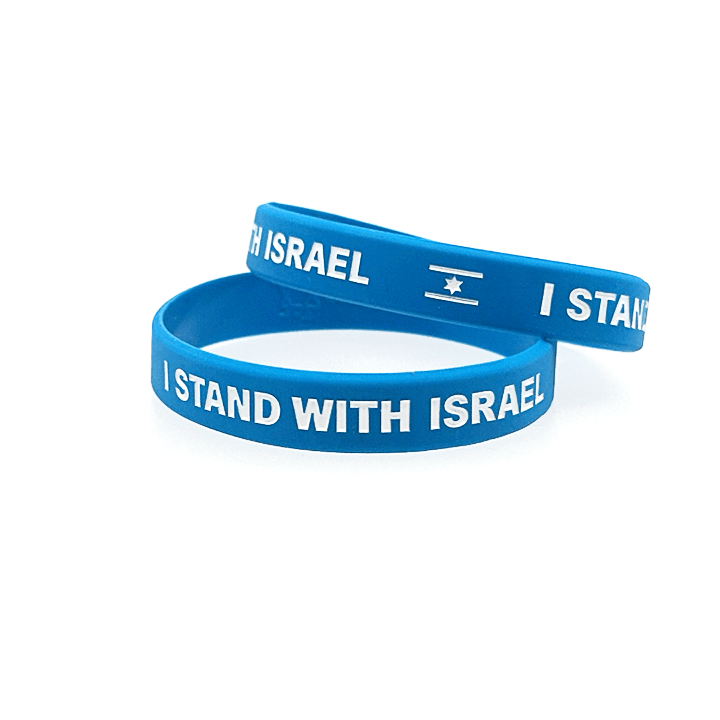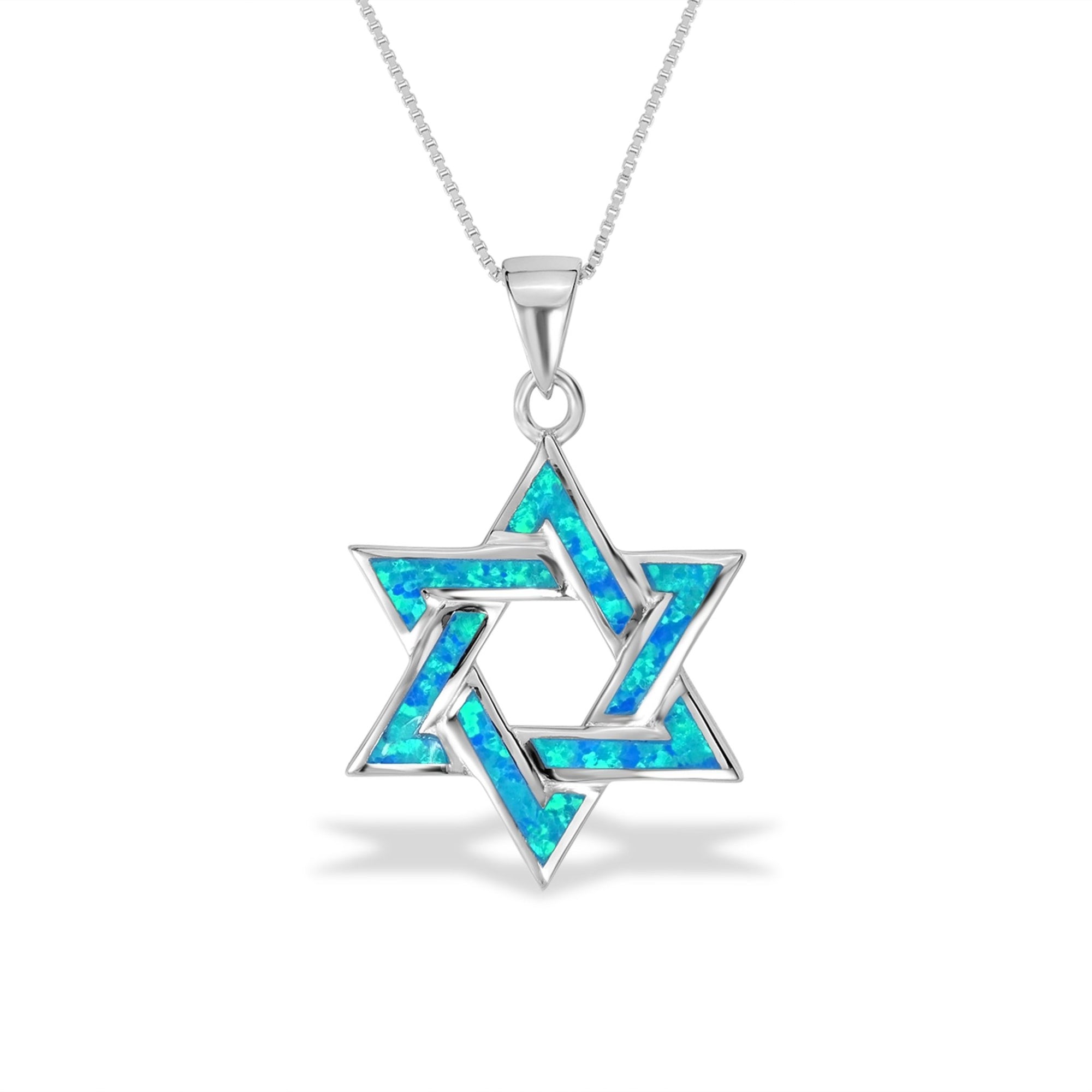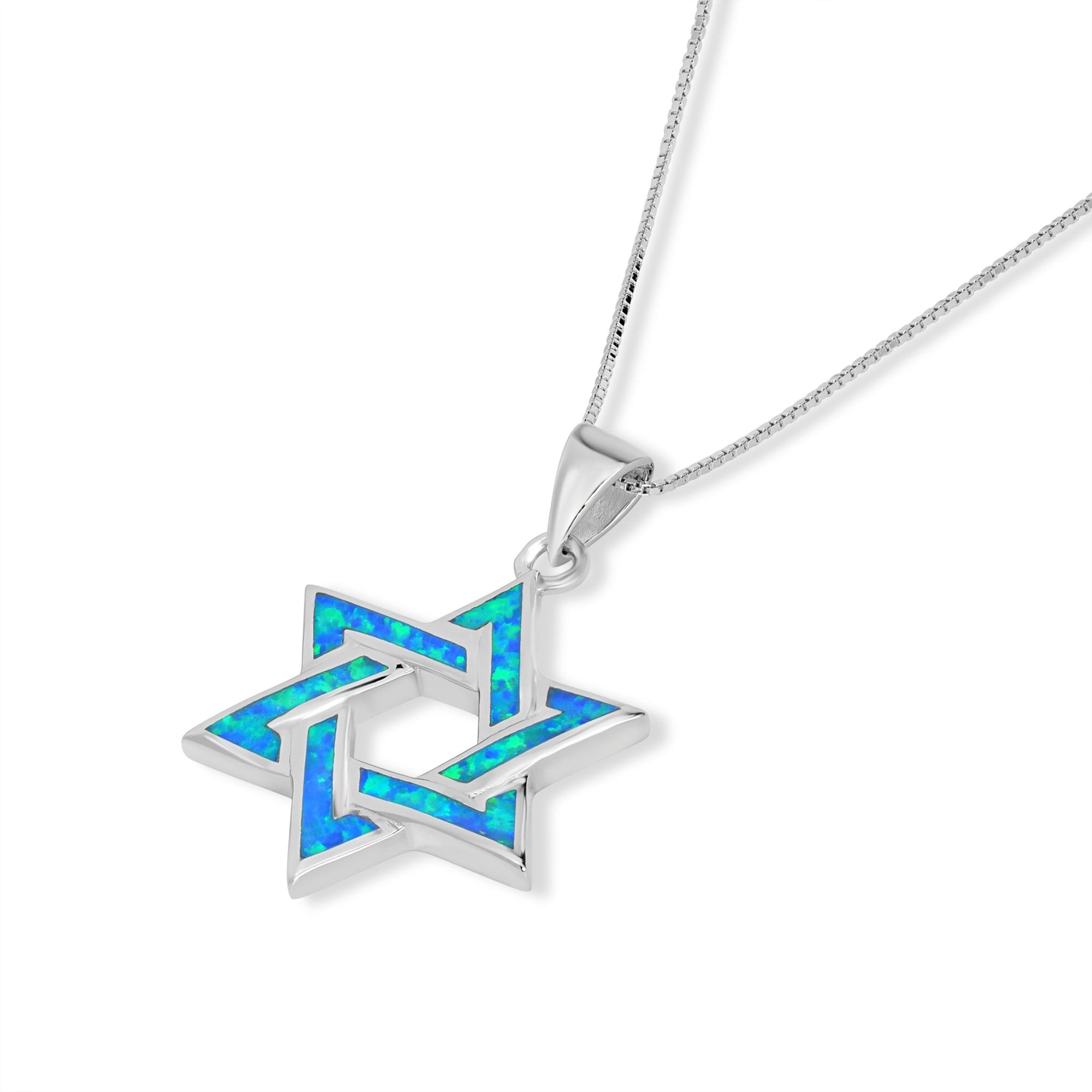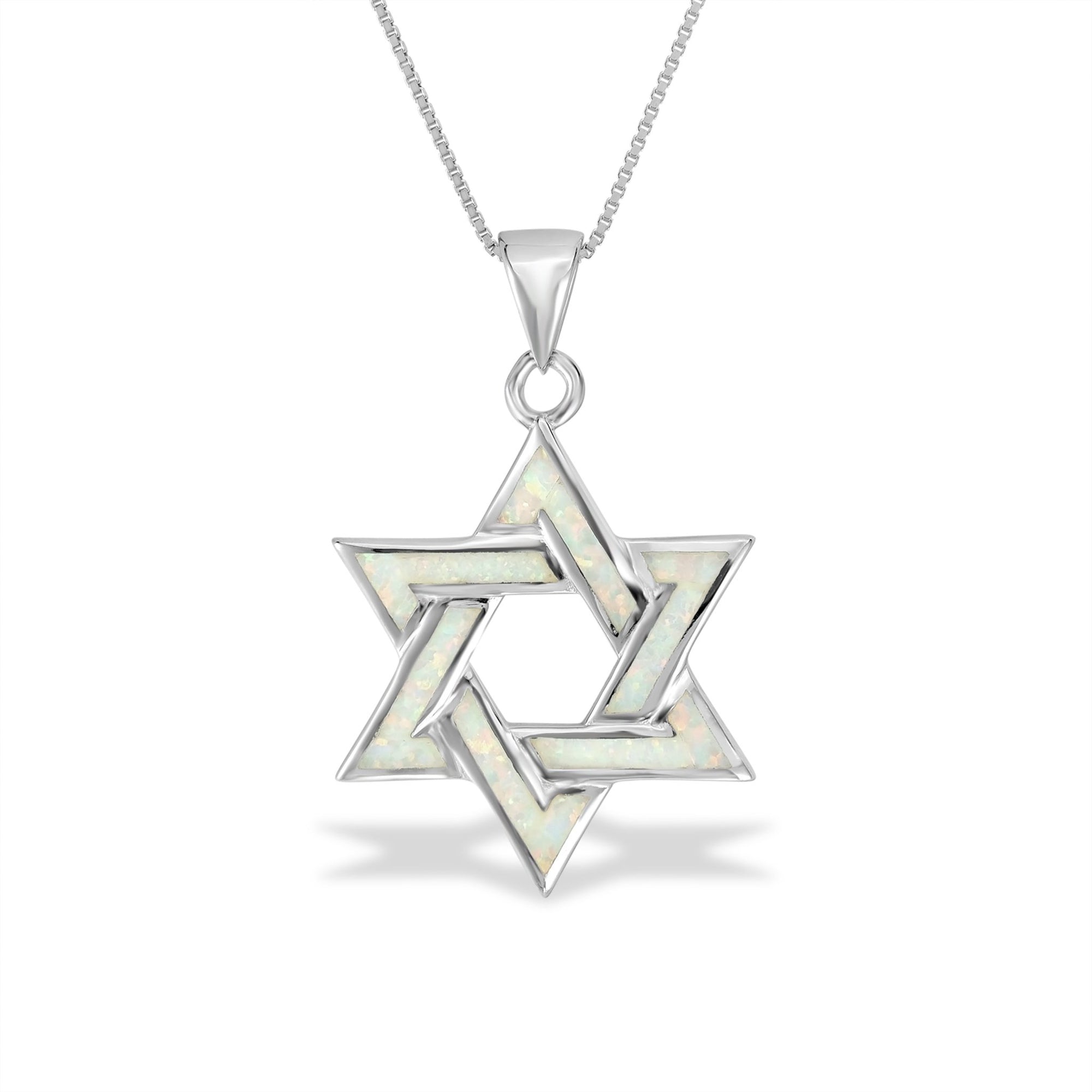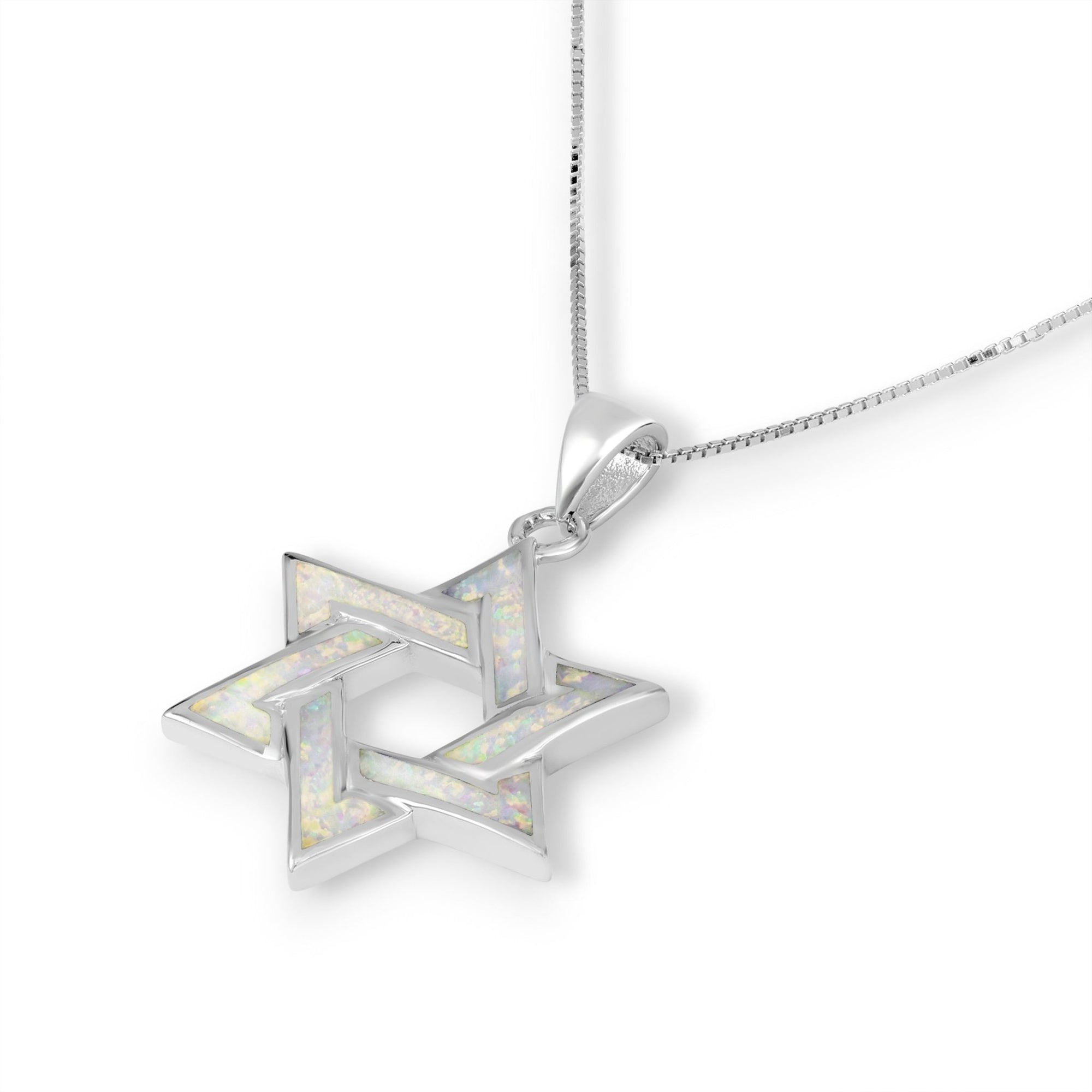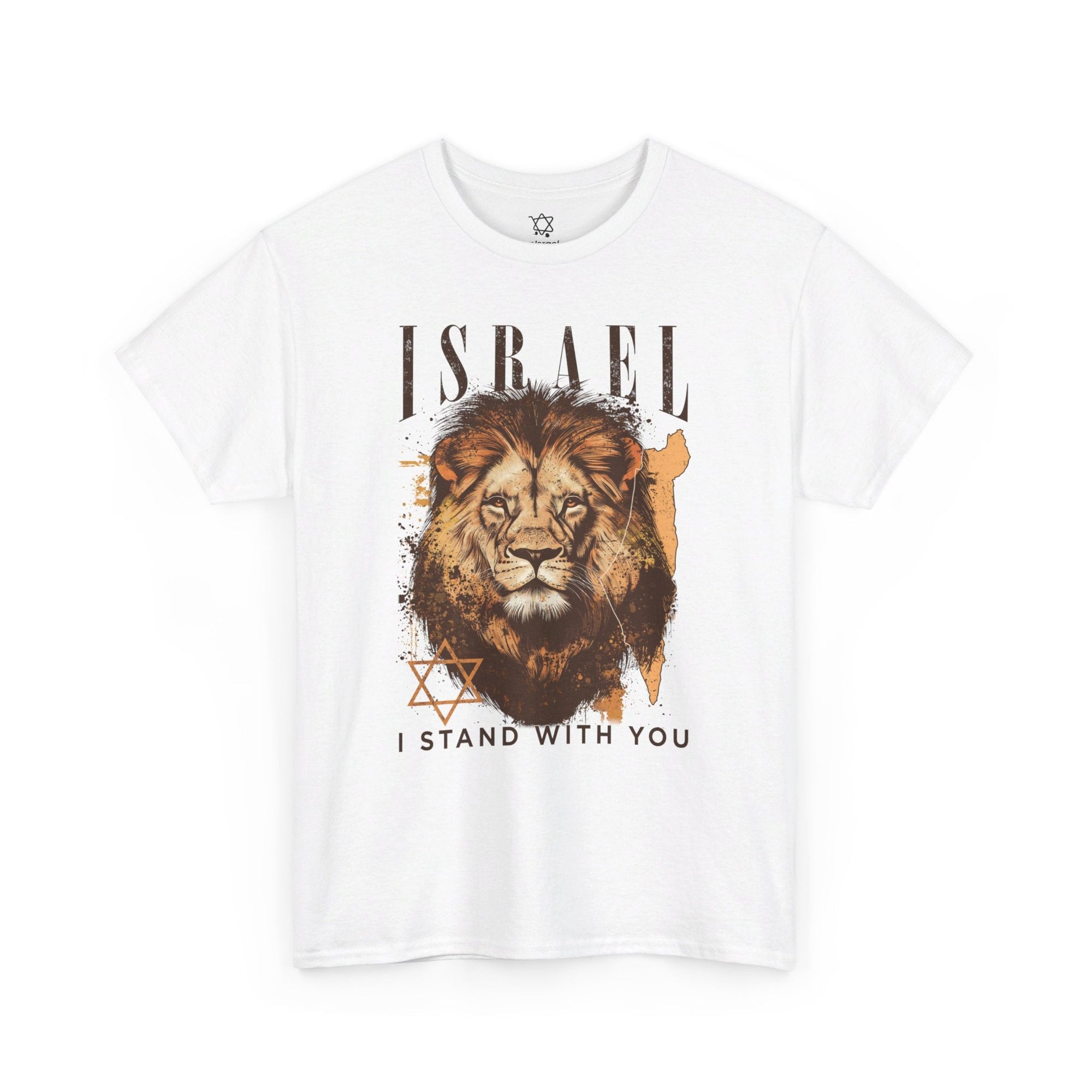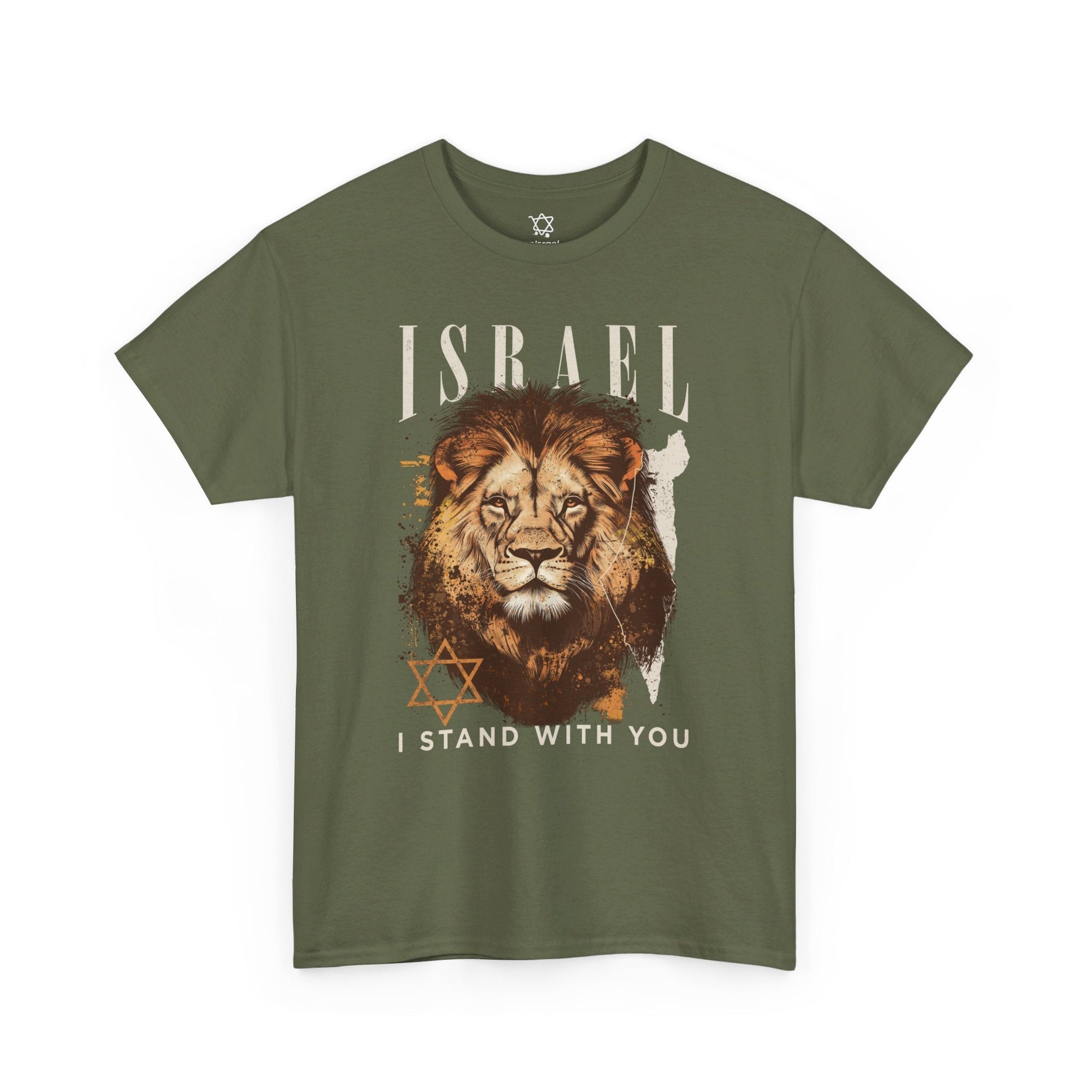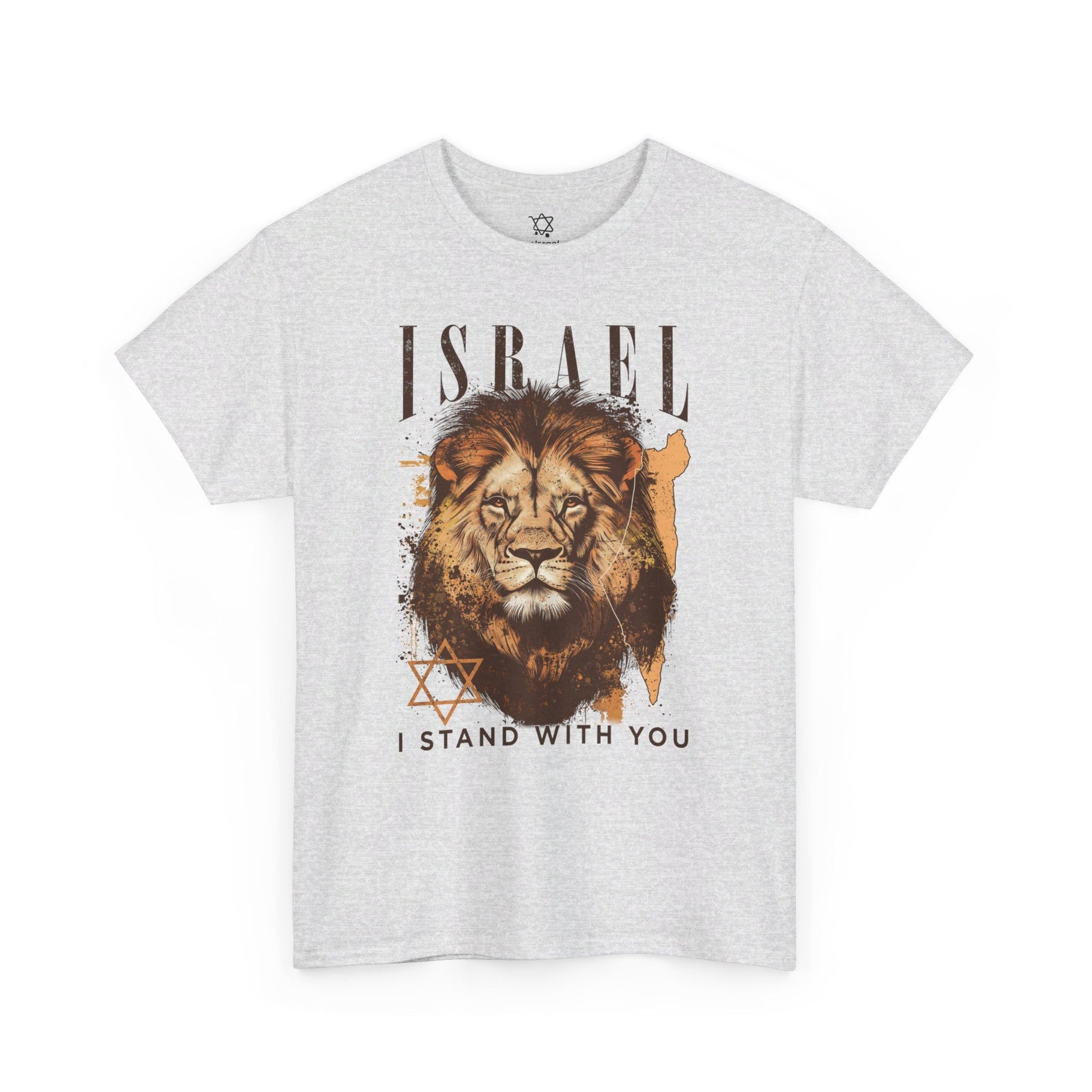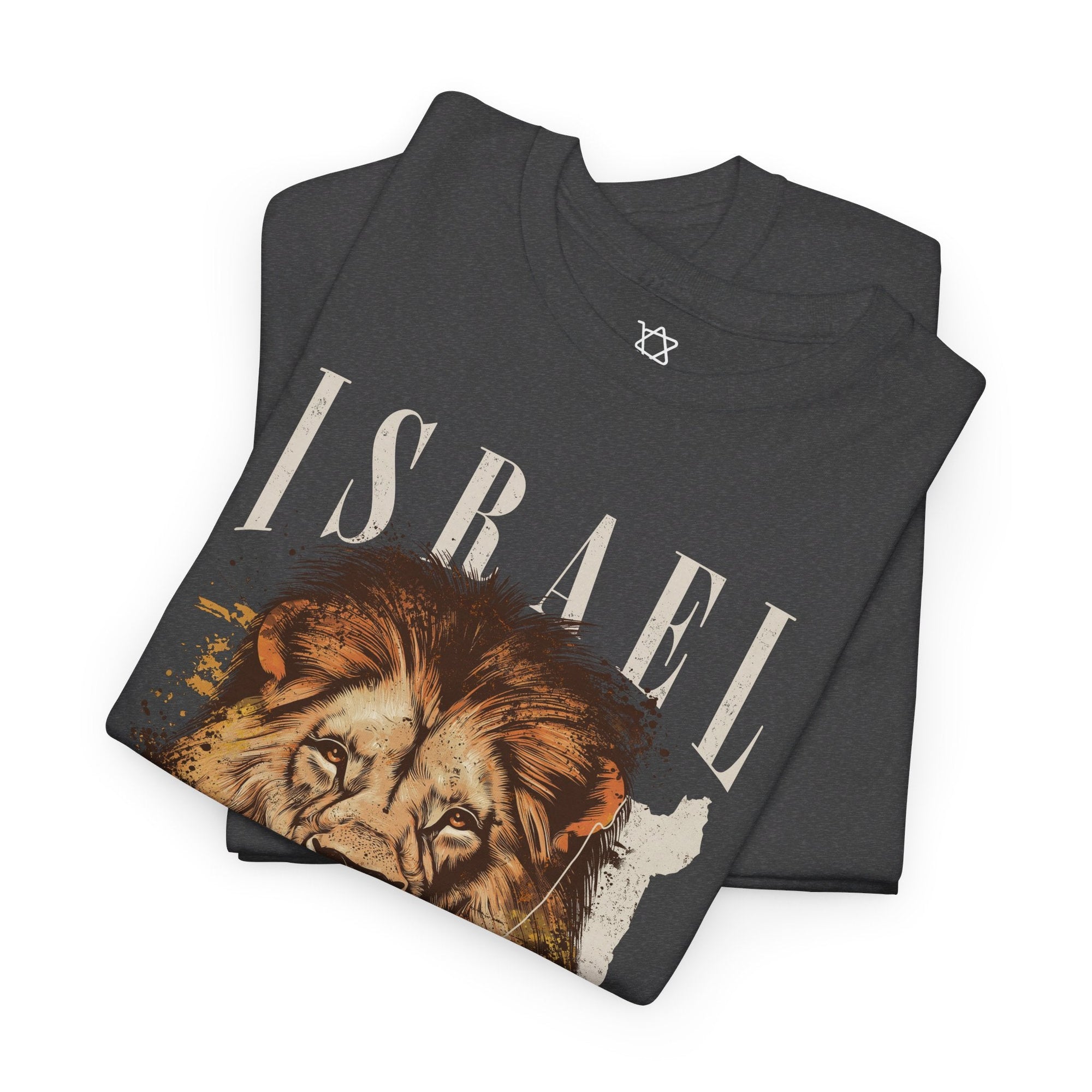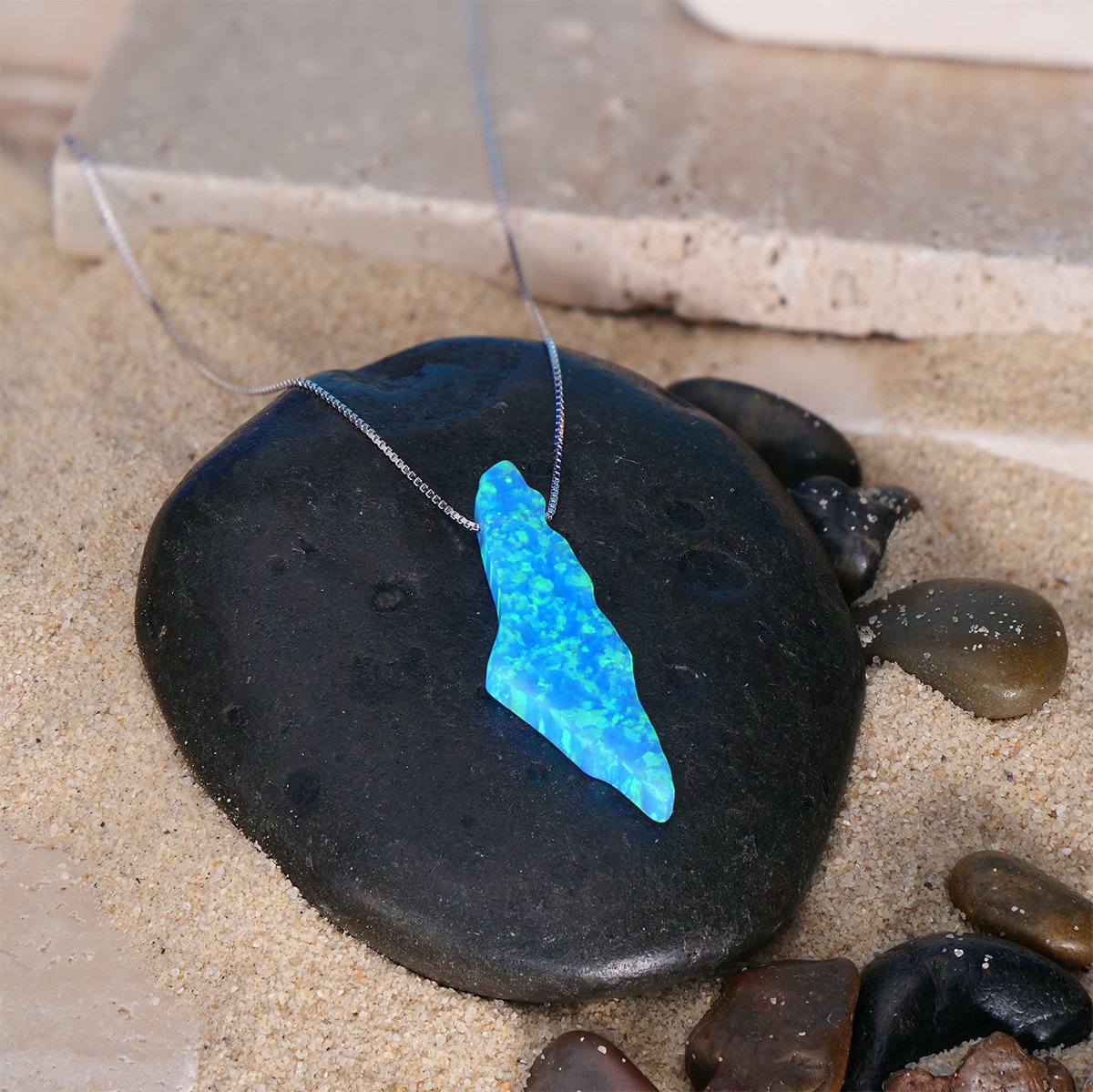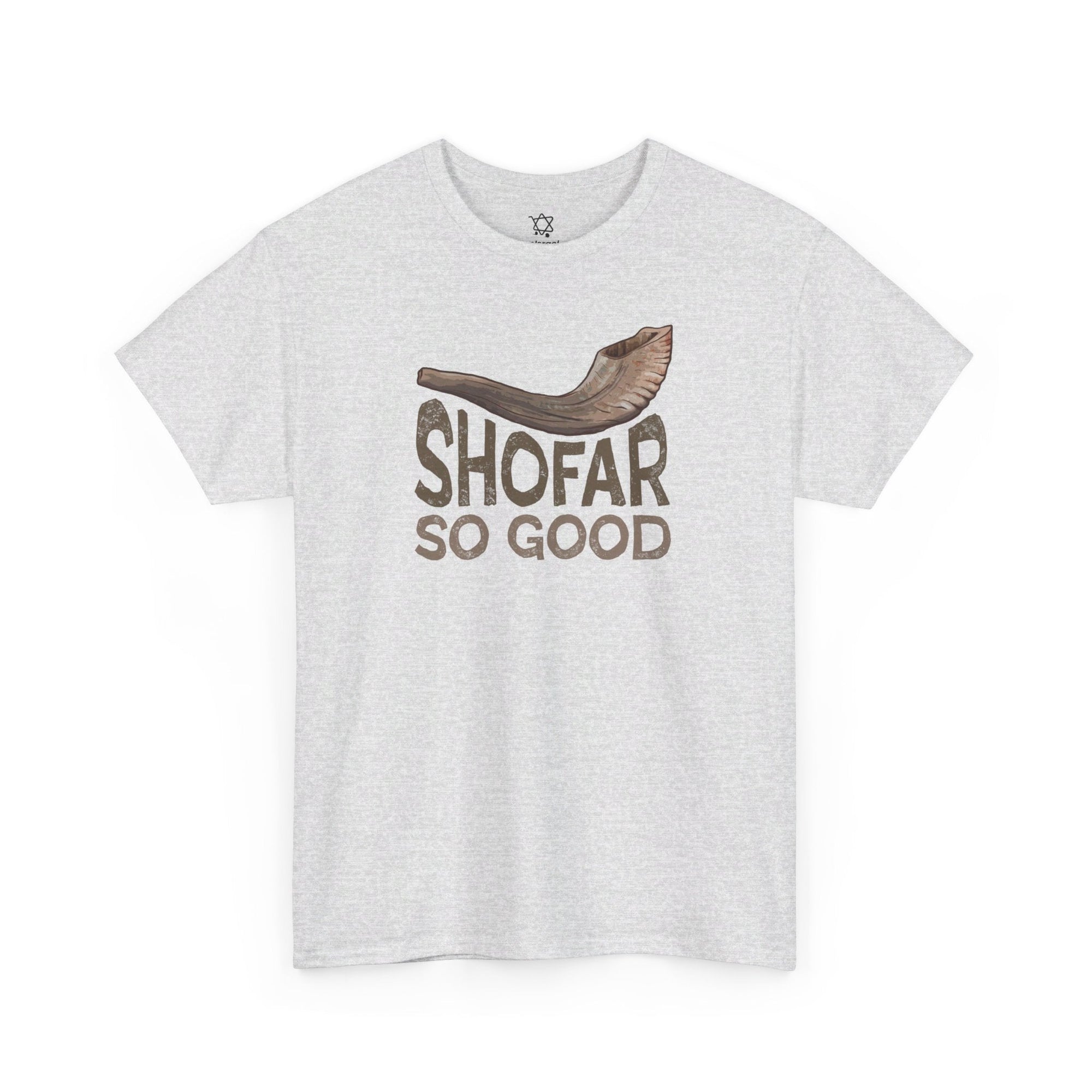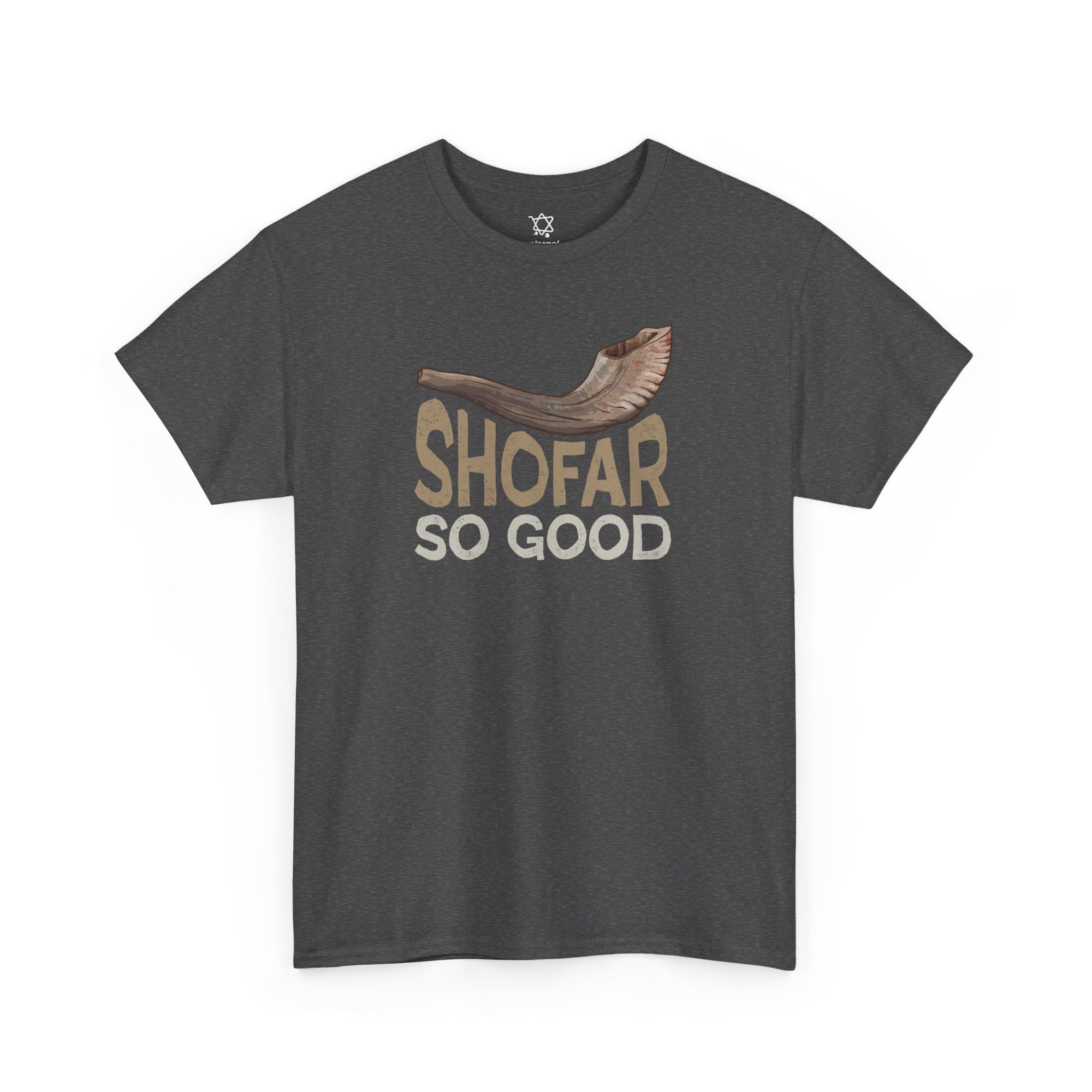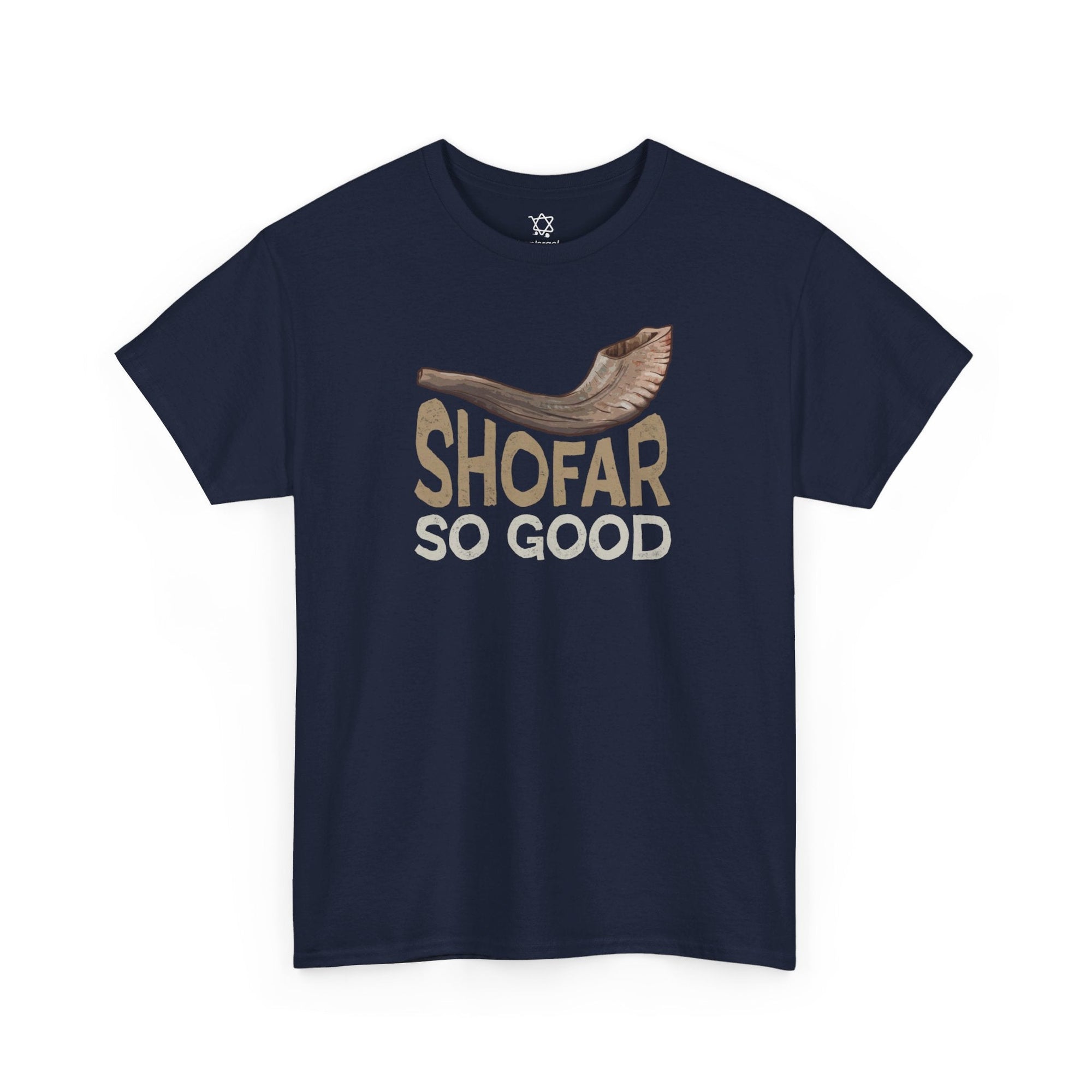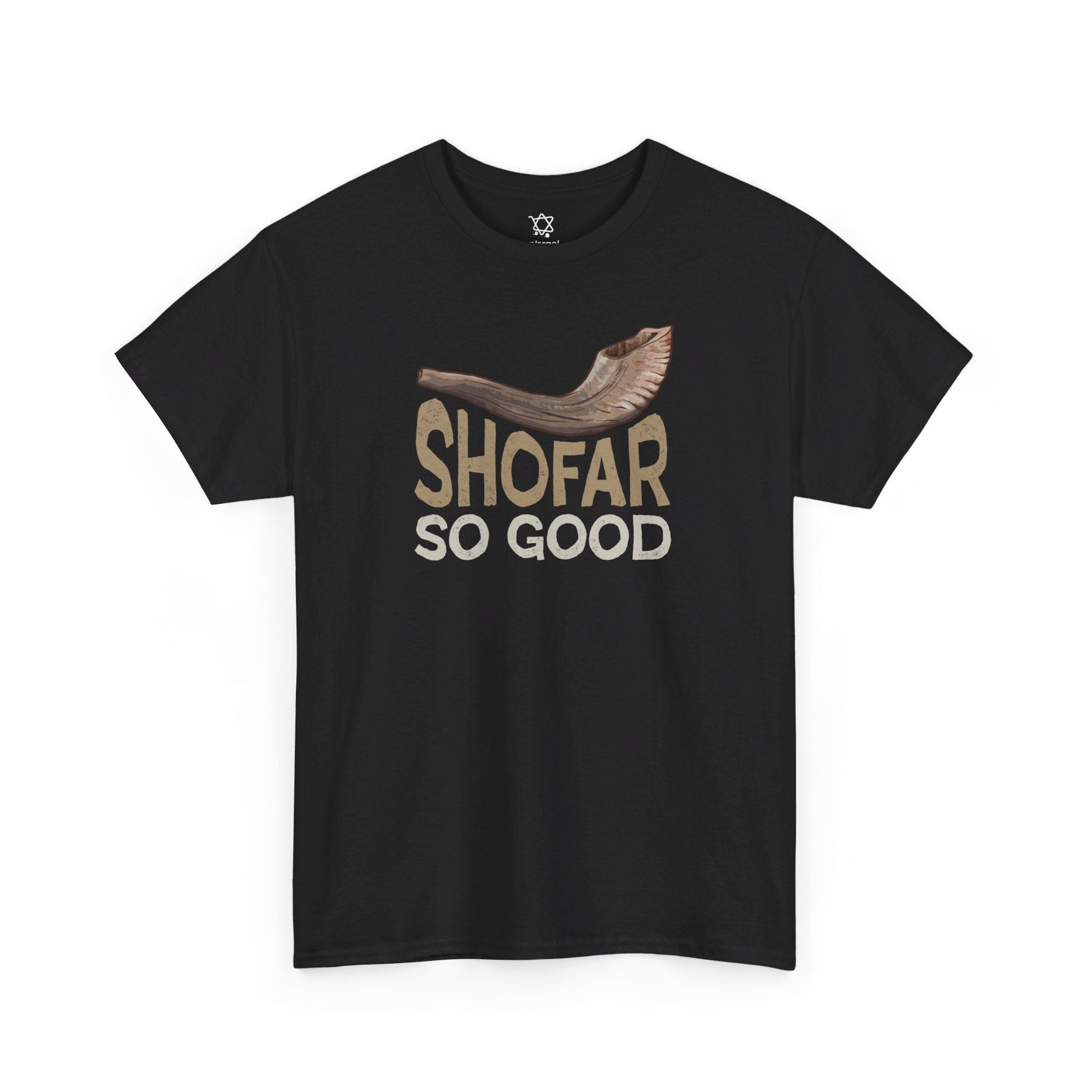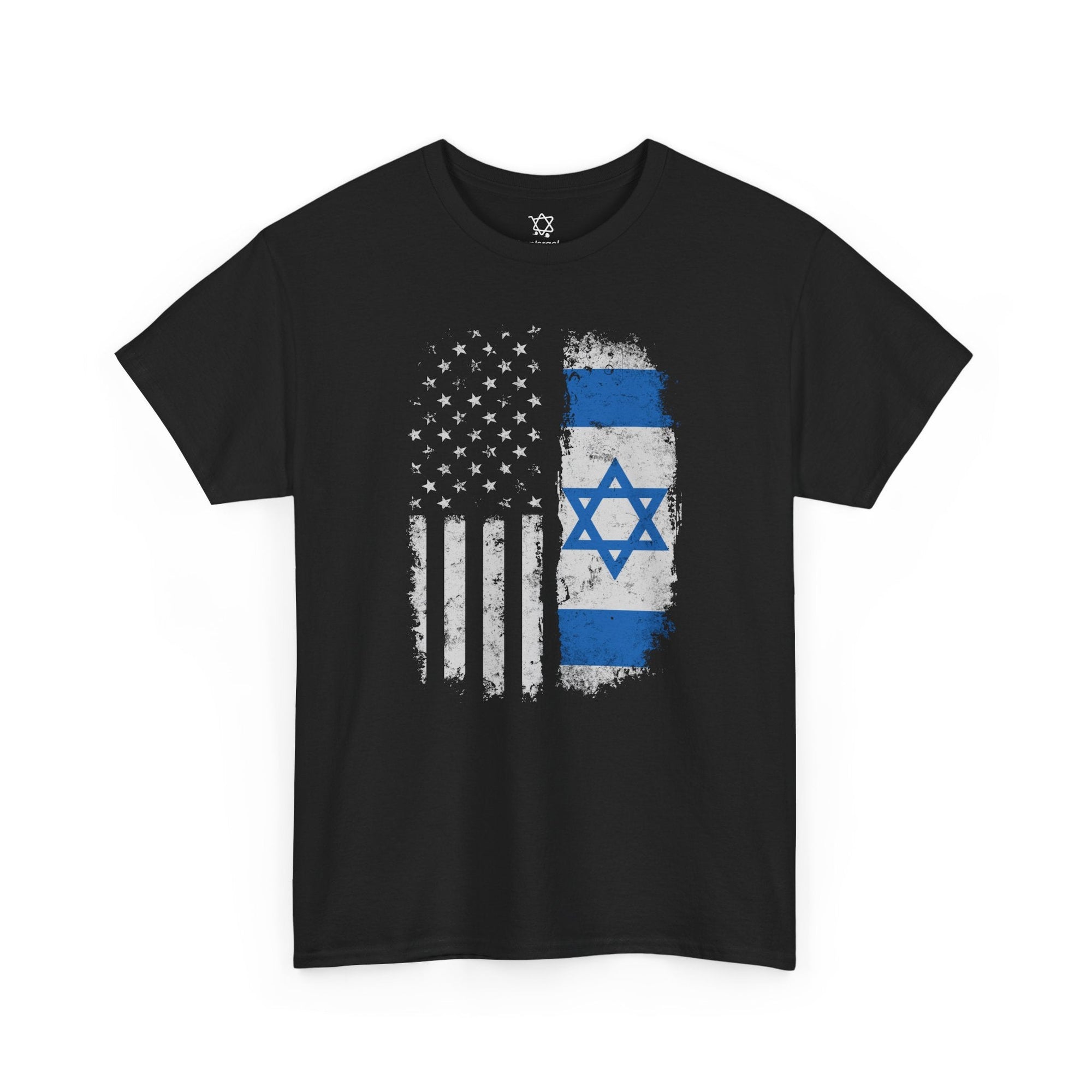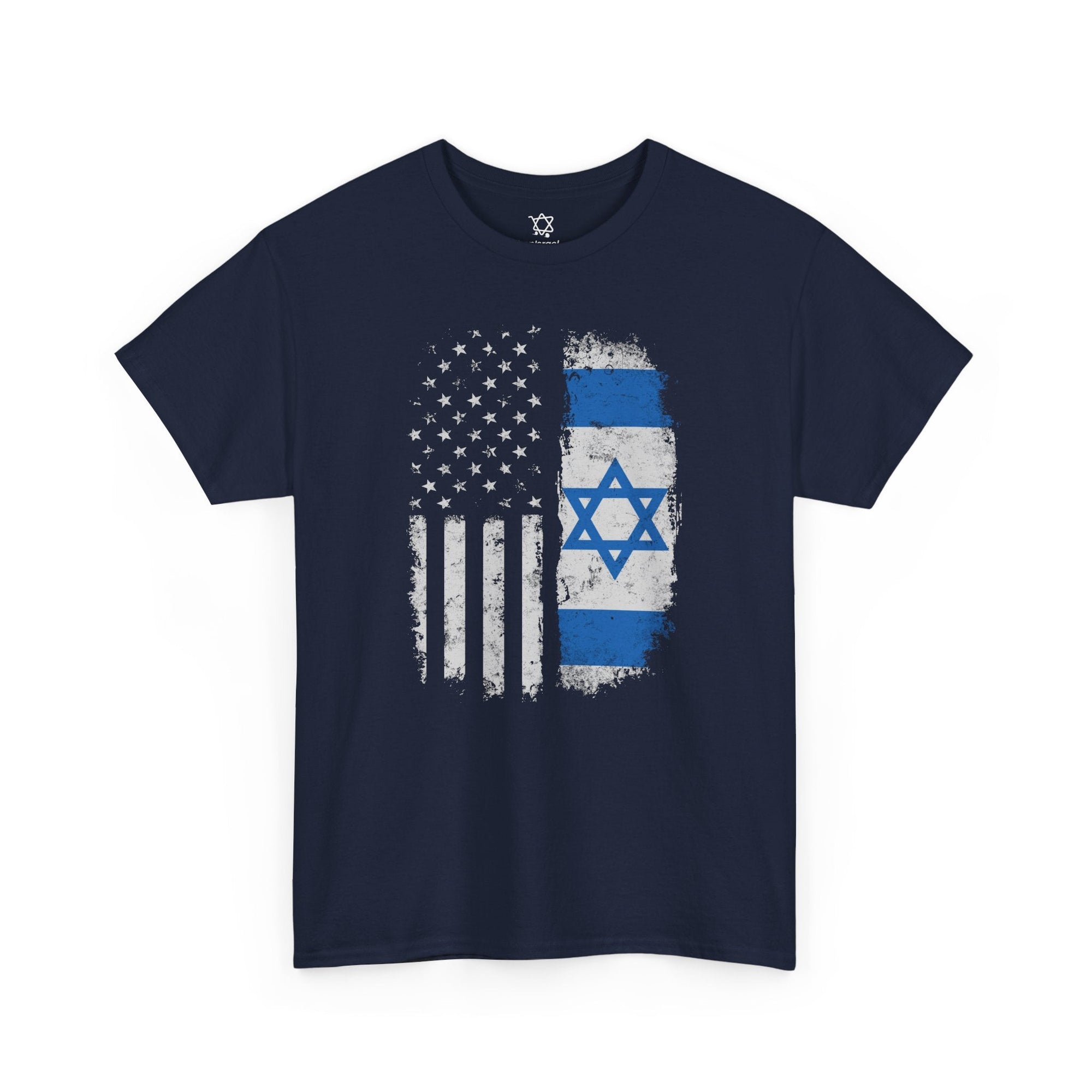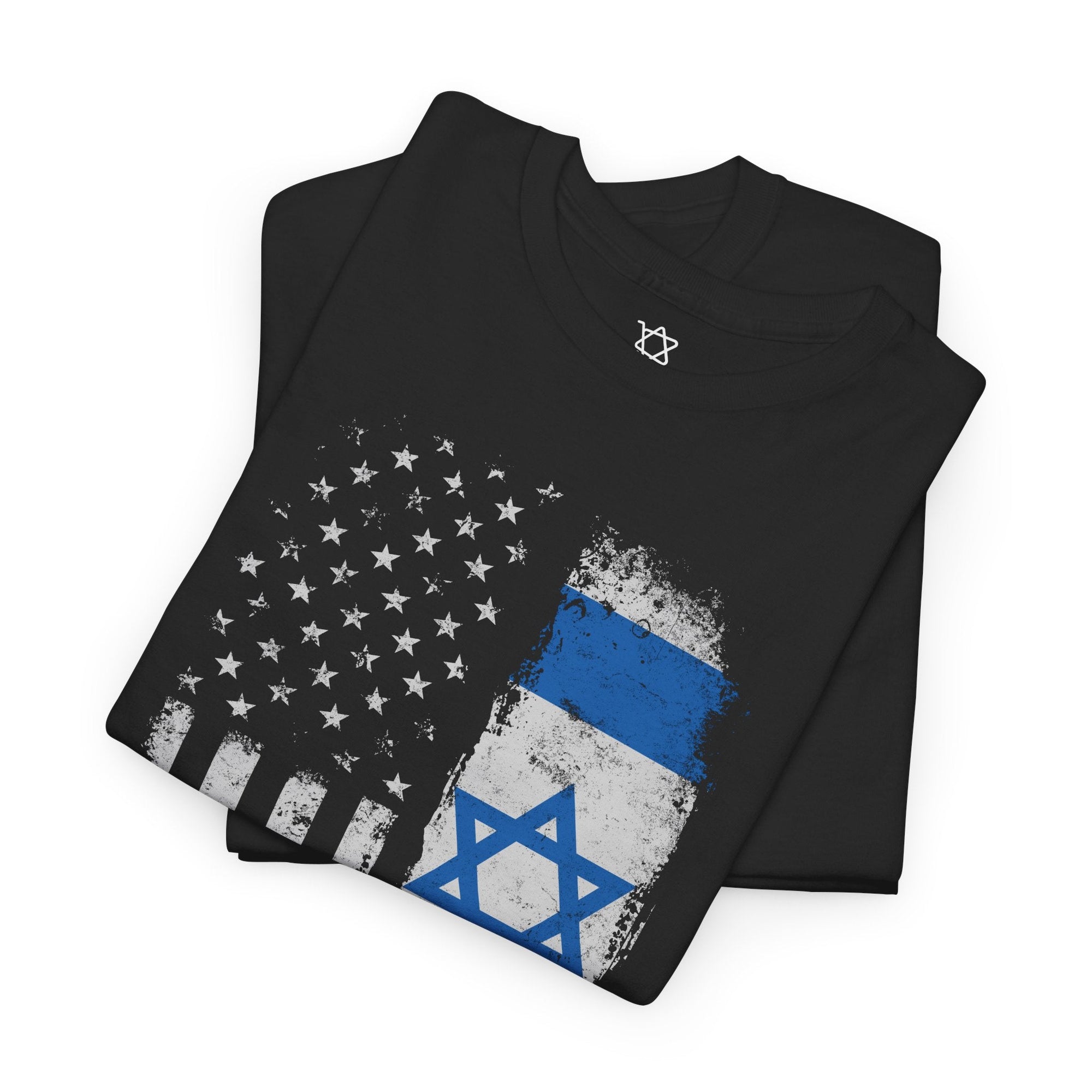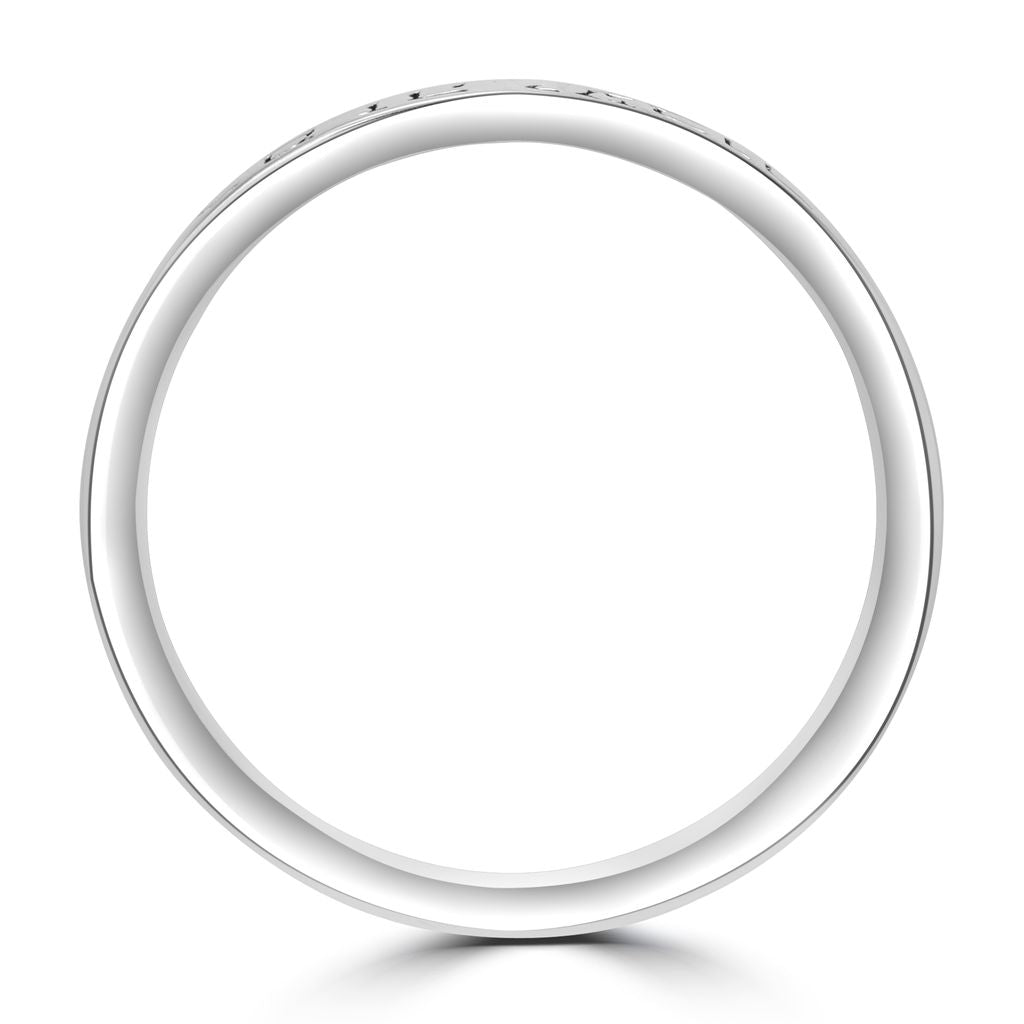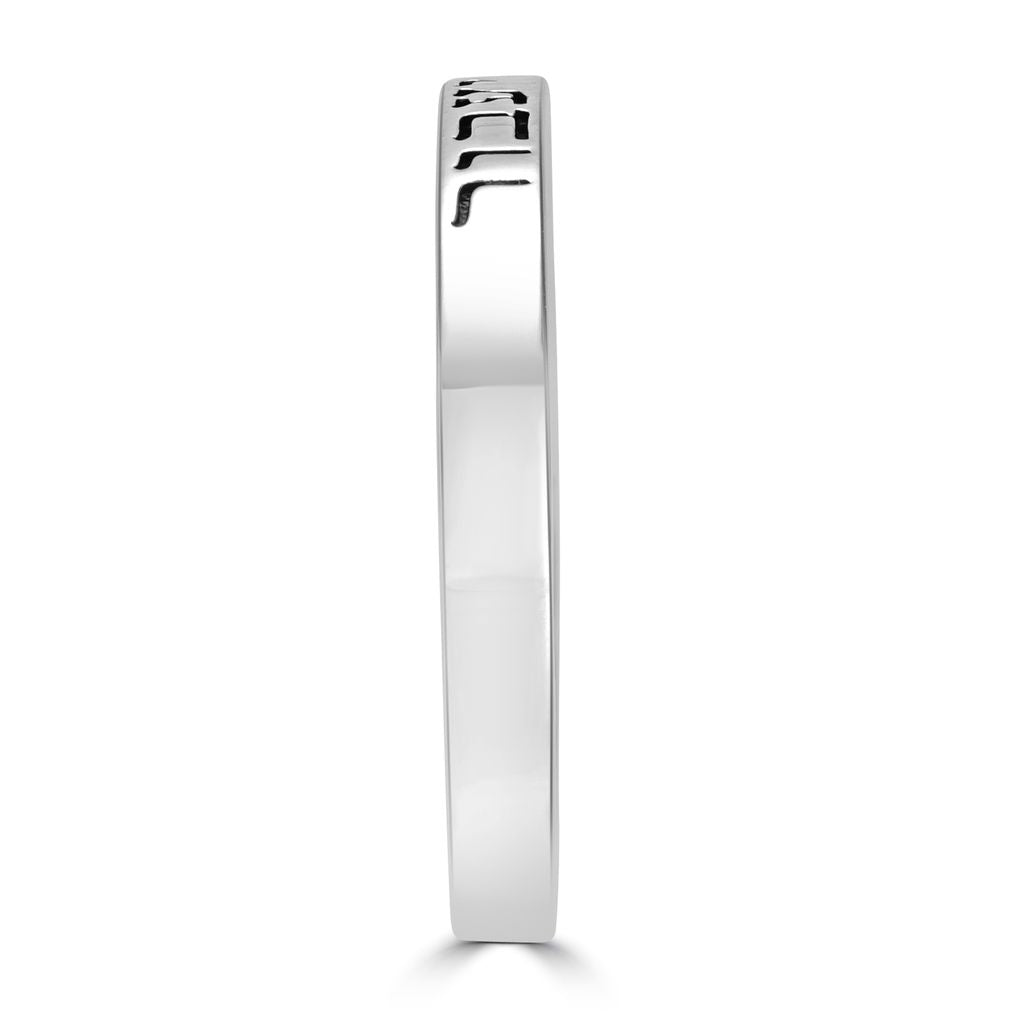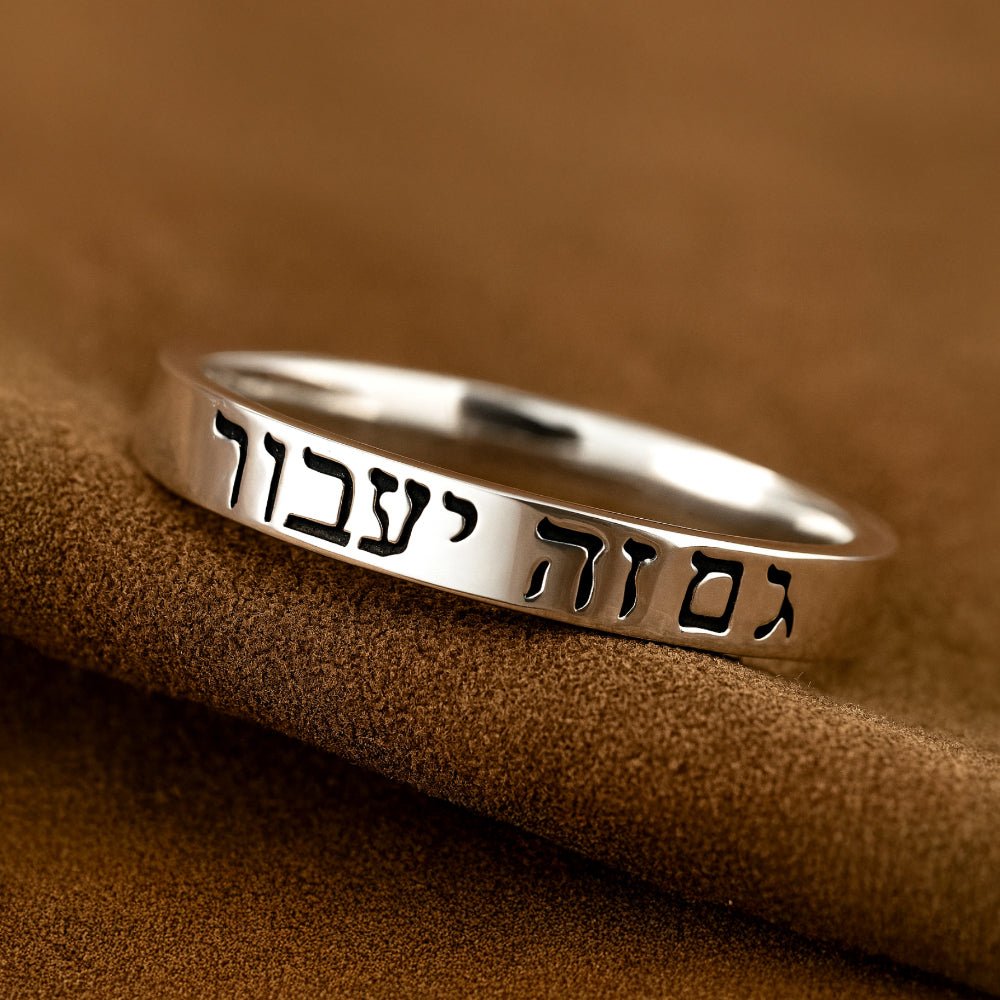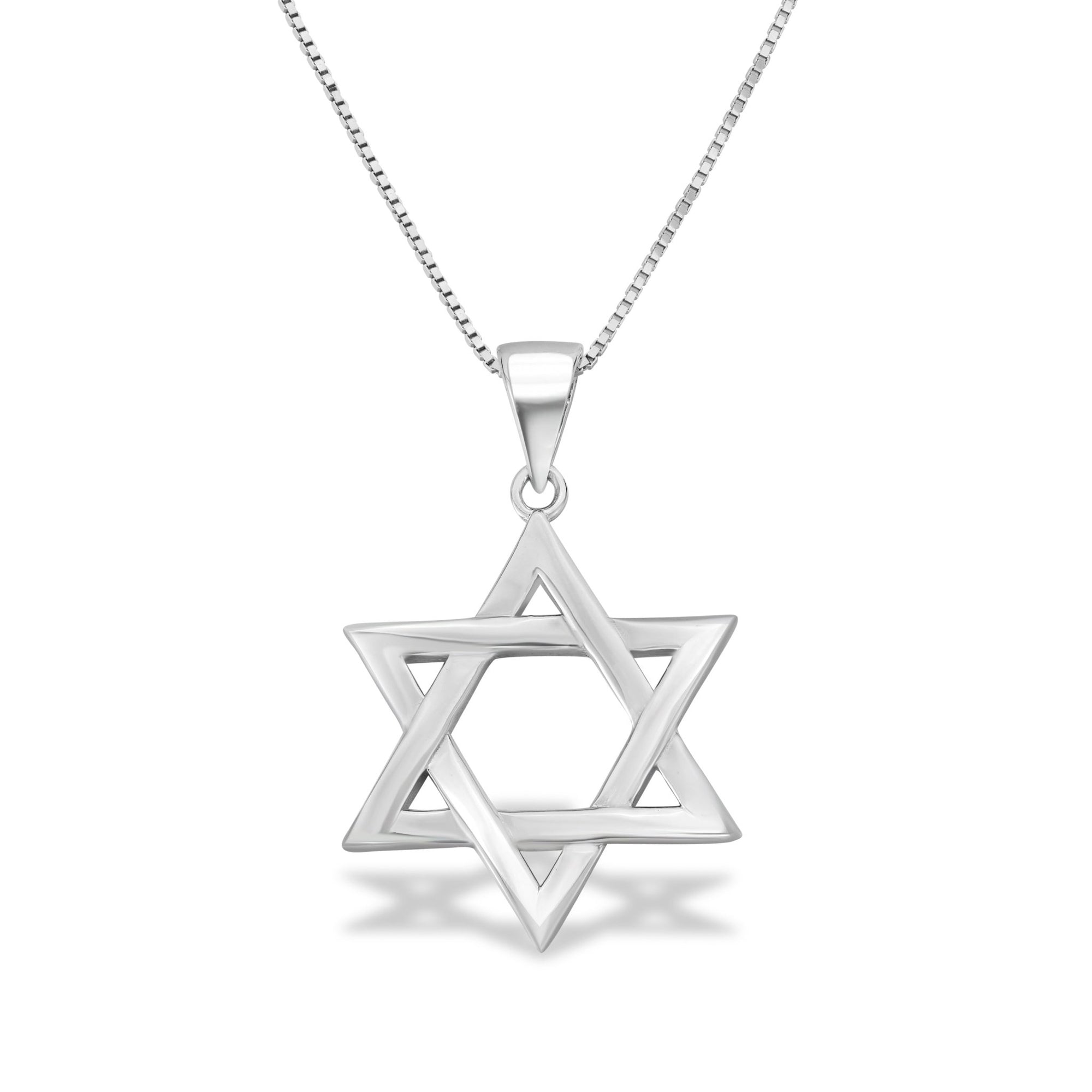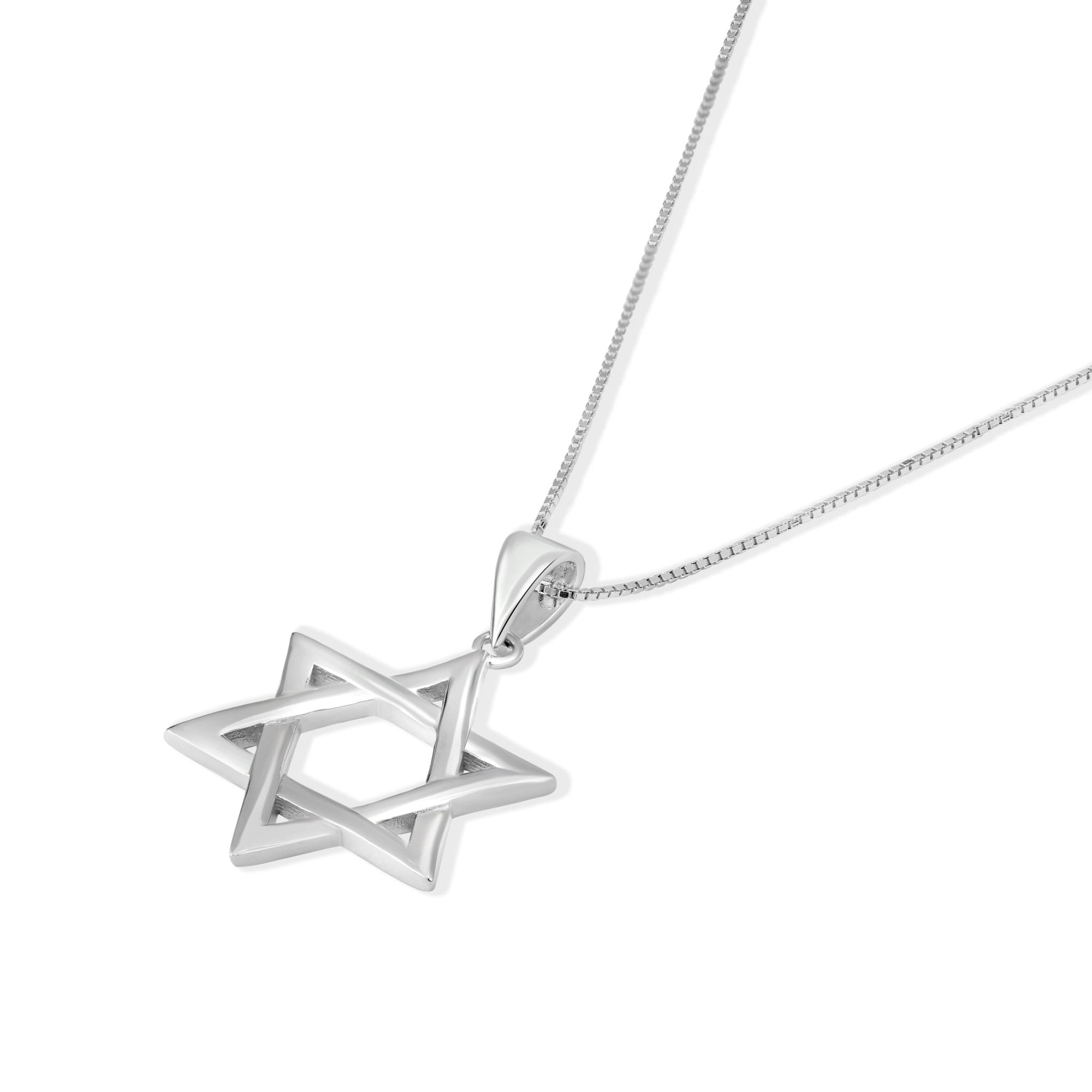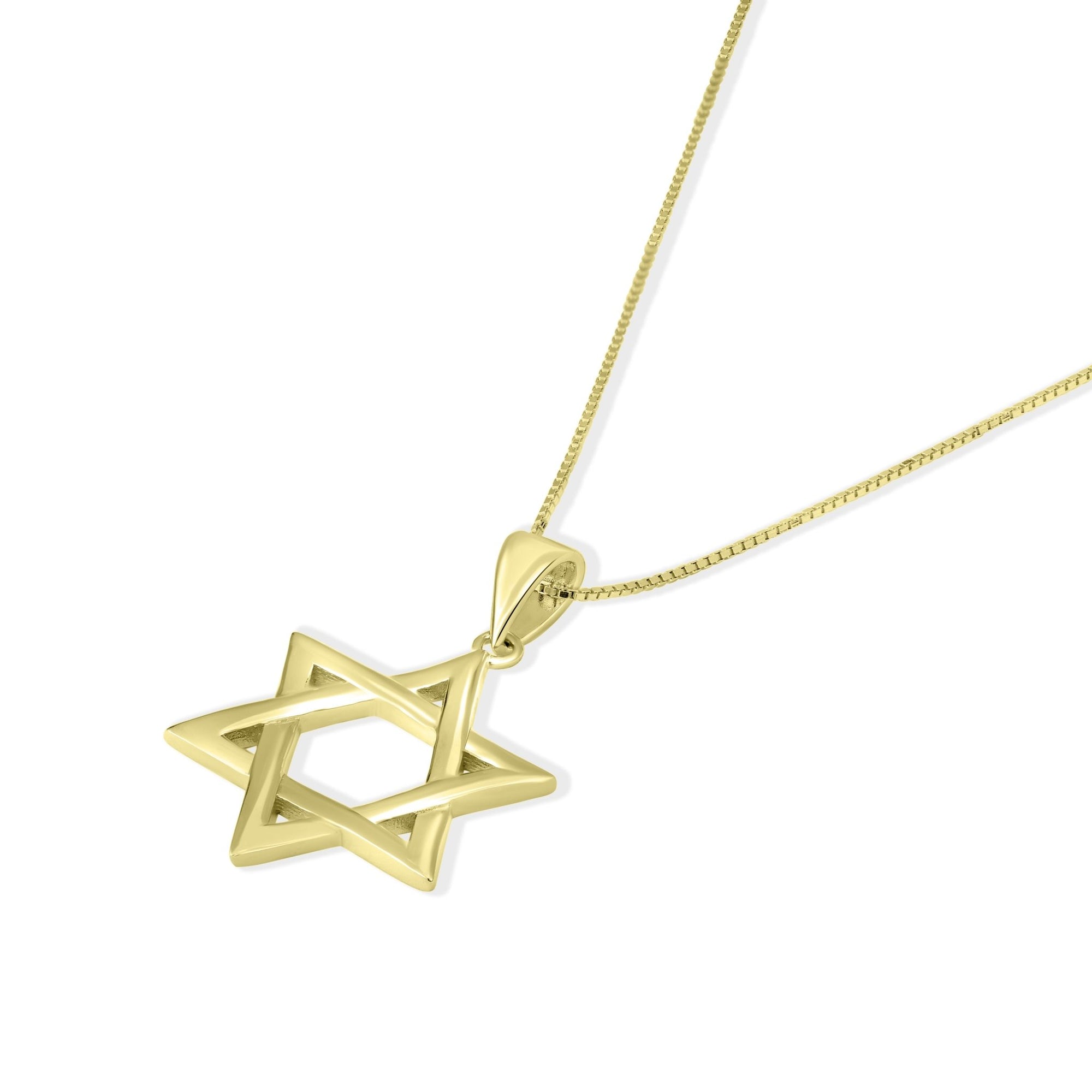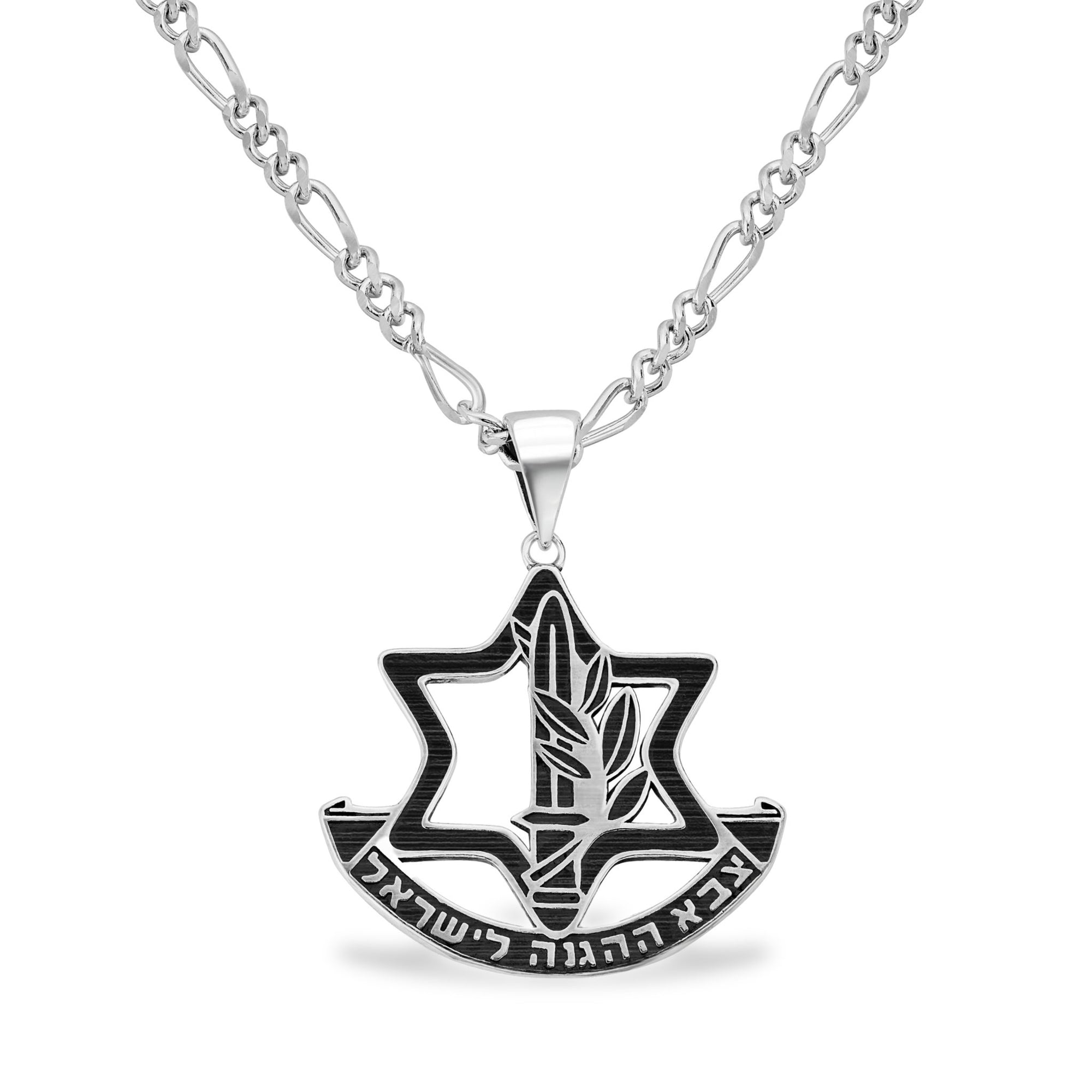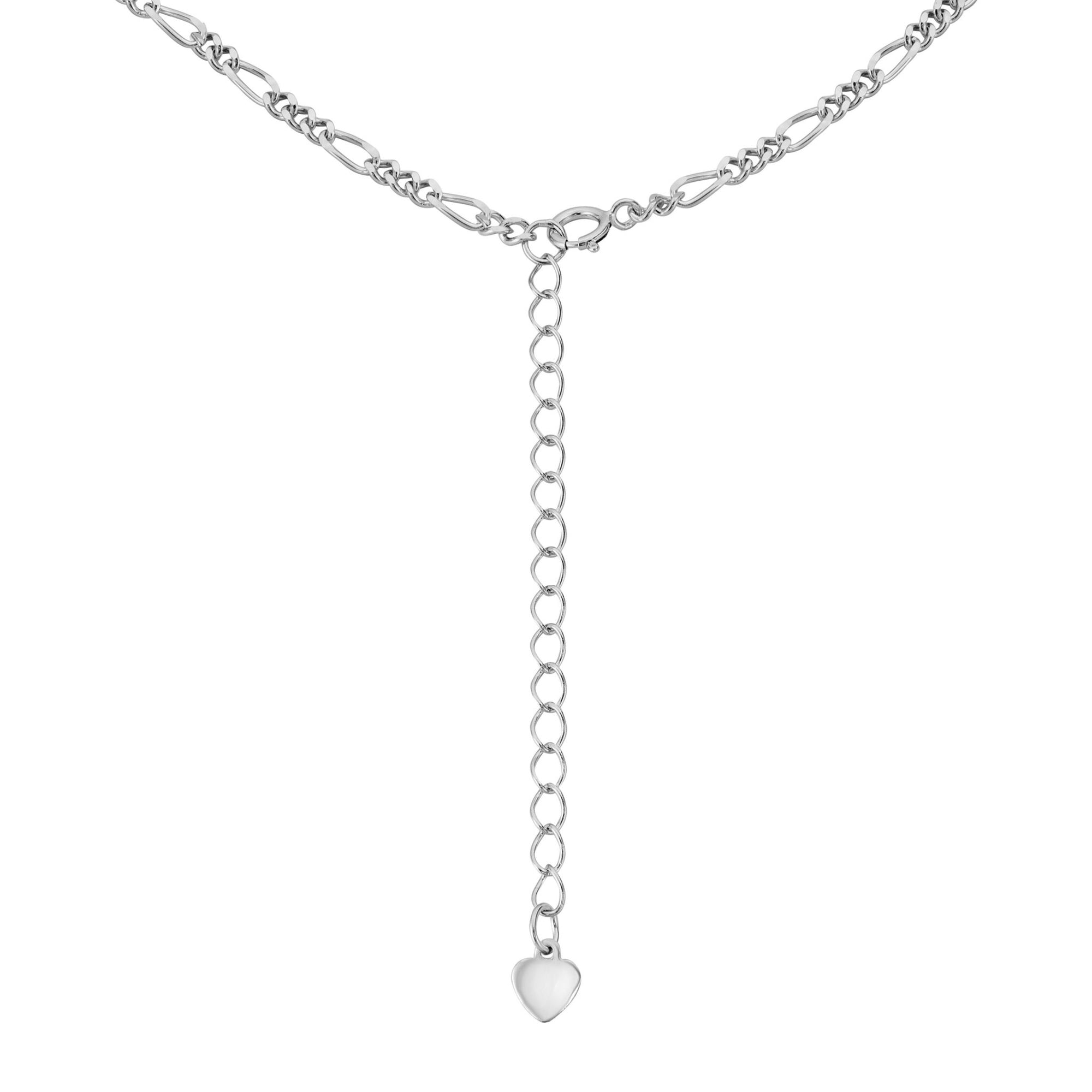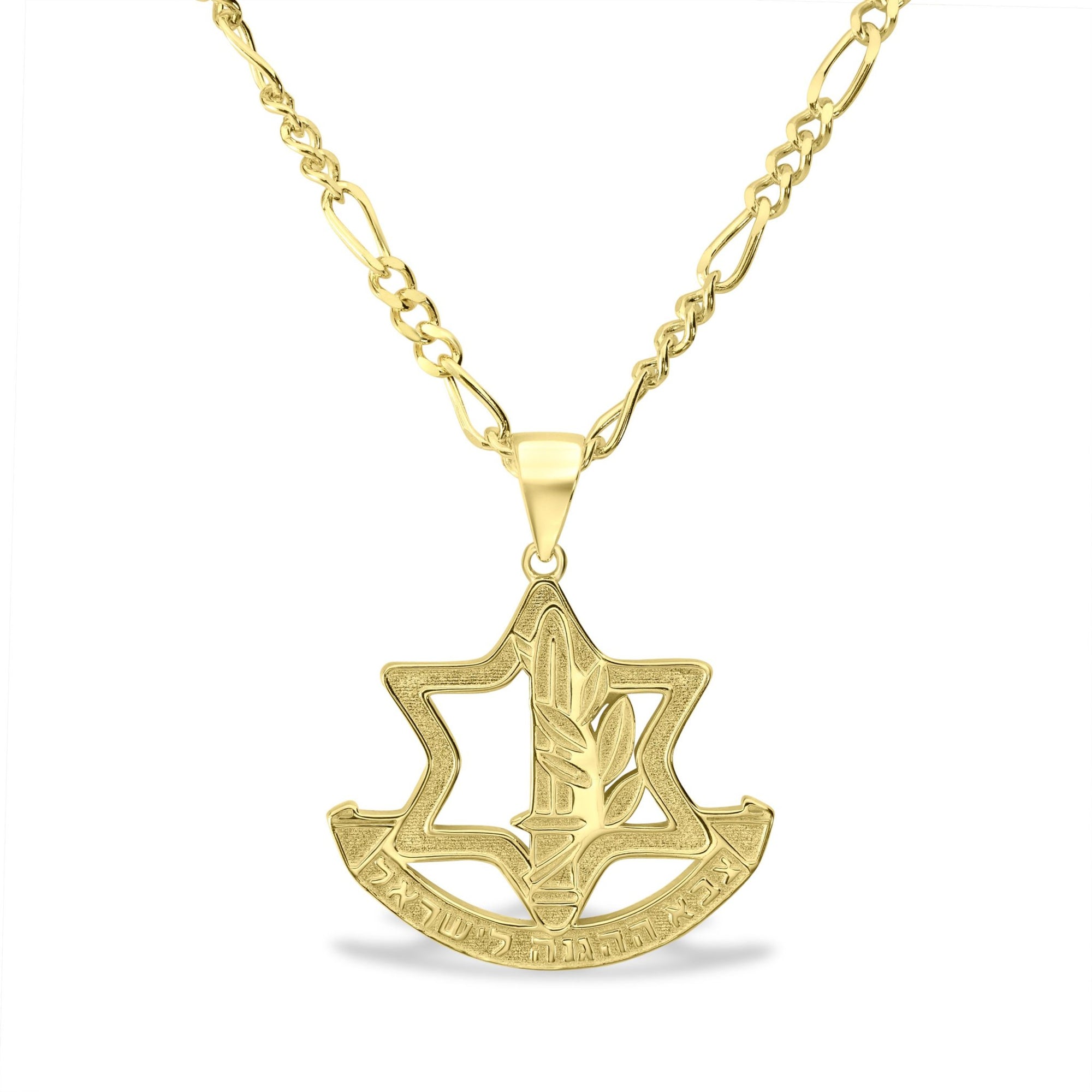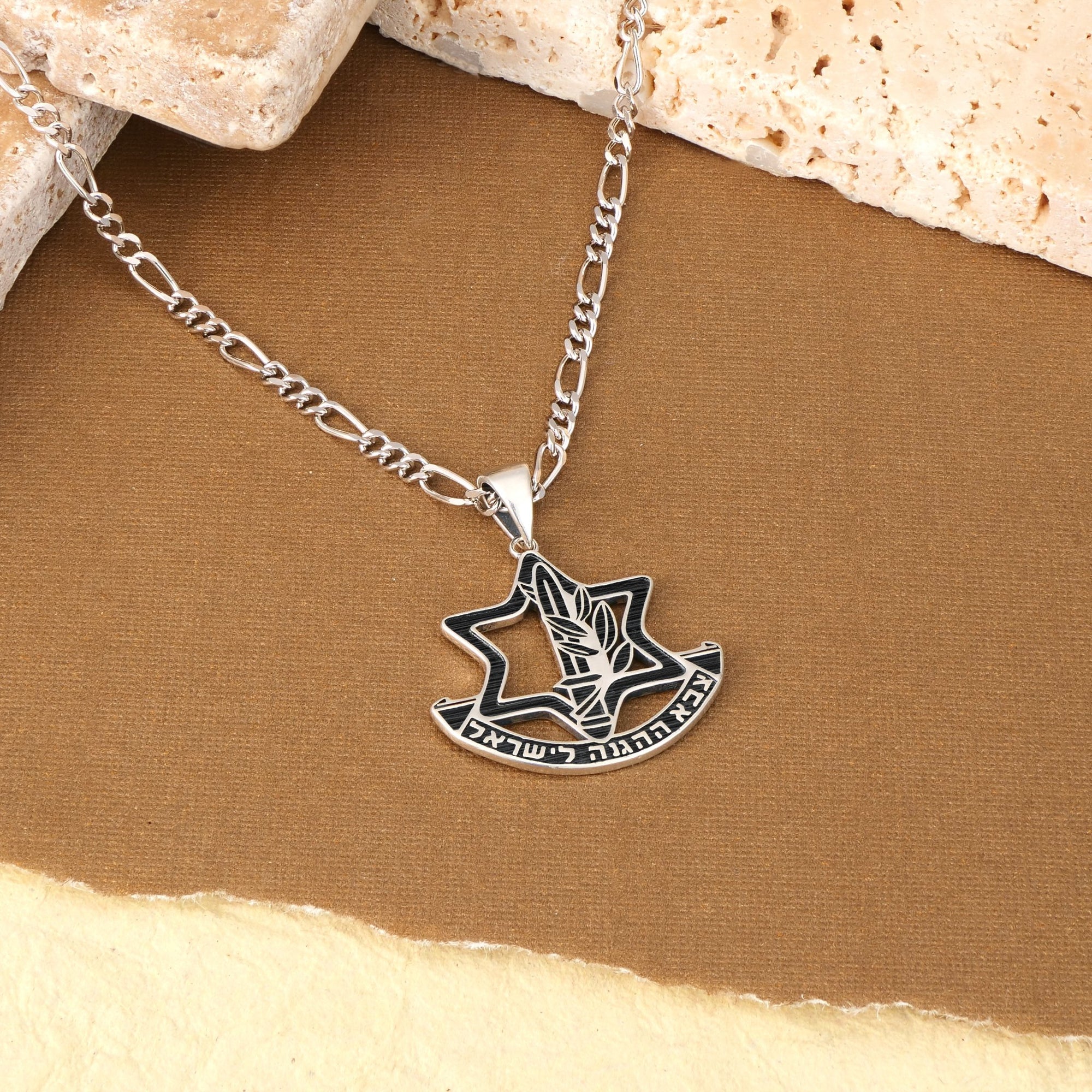Introduction to Israeli Fashion and Cultural Identity
Expressing Identity Through Fashion
Israeli fashion today is a vivid canvas reflecting national pride and cultural heritage. Clothing and jewelry often feature iconic symbols like the Star of David, Hebrew prayers, and maps of Israel, proudly worn to express solidarity and identity.
Fashion as a Mirror of National Experience
Recent events, such as the events of October 7, have influenced Israelis to choose vibrant colors and meaningful motifs over traditional military greens, aiming to uplift spirits during difficult times.
The Fusion of Tradition and Modernity
This trend extends beyond everyday garments to jewelry, with dog tags and Magen David designs embodying patriotic sentiment. Modern fashions seamlessly blend ancient Jewish symbols with contemporary styles, capturing the spirit of a resilient and united nation.
The Impact of Recent National Events on Fashion Expression

How have recent national events influenced Israeli fashion?
Israeli fashion has undergone a remarkable transformation following the October 7 massacre, reflecting a deep sense of national identity and solidarity. A notable shift sees many Israelis embracing identity dressing with prayers and slogans, which incorporates prayers, slogans, the Star of David, maps of Israel, and yellow ribbons symbolizing solidarity with hostages. This trend goes beyond mere clothing, becoming a wearable expression of shared experiences and patriotism.
Movement away from military drab to colorful dressing
In an emotional response to ongoing national strife, many Israelis are turning away from the traditional military colors of olive green and khaki. Instead, colorful dressing to uplift moods in Israel has become popular as a means to uplift moods and instill hope during difficult times. This vibrant choice in clothing reflects a collective effort to maintain positivity amid tension.
Jewelry imbued with national pride
Jewelry design has evolved to highlight national pride more explicitly. Symbols such as dog tags and the Magen David (Star of David) have become central to many pieces, serving as strong reminders of identity, resilience, and community. Wearing these items has become both a personal and public statement of solidarity.
Comfort dressing and inclusivity for people with disabilities
The recent stress of national events has spurred a rise in comfort dressing influenced by stress, favoring easy-to-wear or sleep-friendly clothes that support wellbeing during uncertain times. Furthermore, Israeli fashion is becoming increasingly inclusive, with brands innovating designs to accommodate people with disabilities, especially amputees, emphasizing accessibility alongside style.
This dynamic adaptation of fashion showcases Israel’s enduring spirit and the vital role clothing plays as an expression of heritage, unity, and hope.
Cultural Heritage and Traditional Symbols in Israeli and Jewish Fashion
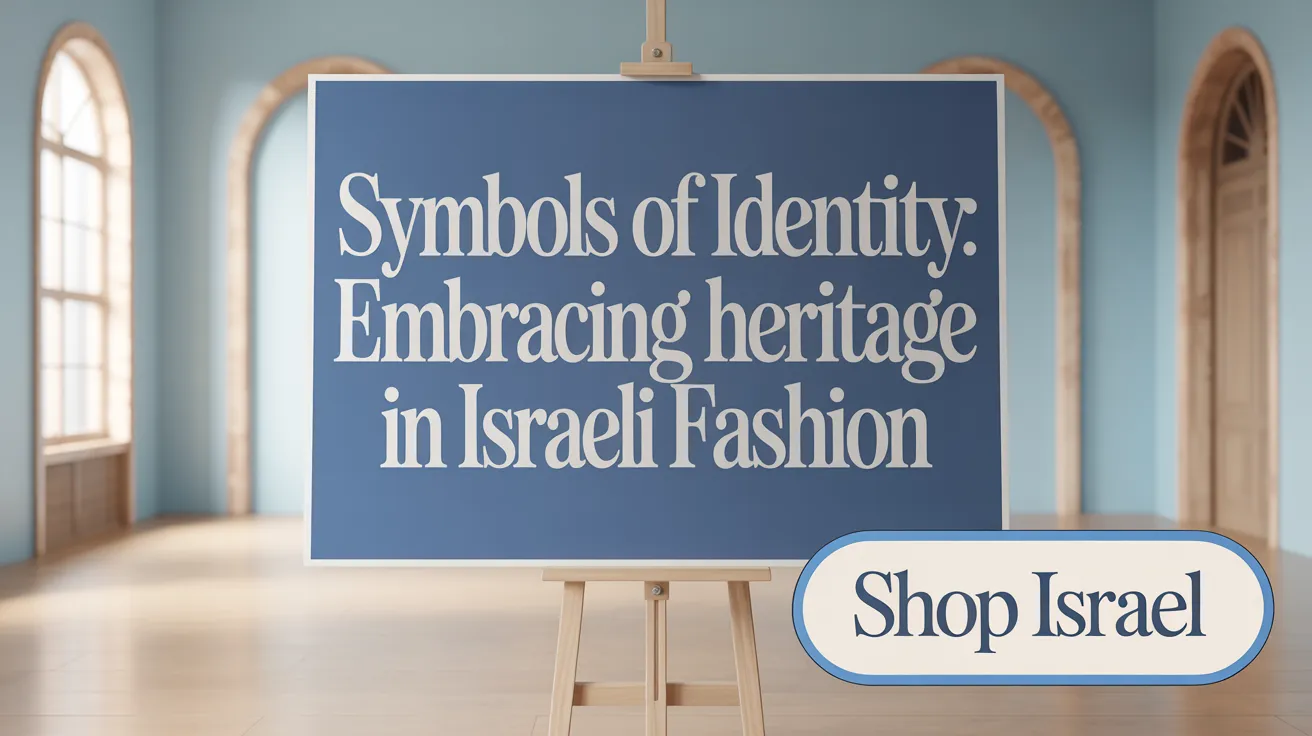
What traditional cultural symbols are incorporated in Israeli and Jewish fashion?
Israeli and Jewish fashion beautifully weaves traditional cultural symbols that convey religious and communal identity across generations. Prominent symbols include tzitzit, the fringes worn on prayer shawls, and Hebrew script, both deeply rooted in Judaic tradition. The Shiviti amulet, inscribed with sacred texts, serves as a spiritual garment motif, while the Star of David stands as a universal emblem of Jewish identity (Jewish fashion and cultural identity).
Historical garments play a significant role in expressing communal ties. The Sabbath coat worn by Jerusalemite Hasidim symbolizes reverence and tradition. Similarly, the Moroccan hooded cape highlights North African Jewish heritage. Across the Balkans and Anatolia, Jewish women wore the entari, a long dress influenced by Western European fashion yet distinct in its cultural adaptations. These dresses often featured rich colors like mauve, gold, and blush pink, echoing local traditions (Jewish women's fashion in the Balkans).
Jewish fashion is not isolated but shows extensive cultural exchange, sharing motifs with Muslim and Balkan communities. Garments such as kaftans and distinctive headwear like the fez illustrate the blending of regional styles. This interplay of influences captures history, migration, and identity, making Jewish and Israeli attire a dynamic visual language rooted in rich heritage (Visual language of Jewish fashion.
Historic and Contemporary Influences: From ATA Workwear to Modern Designers
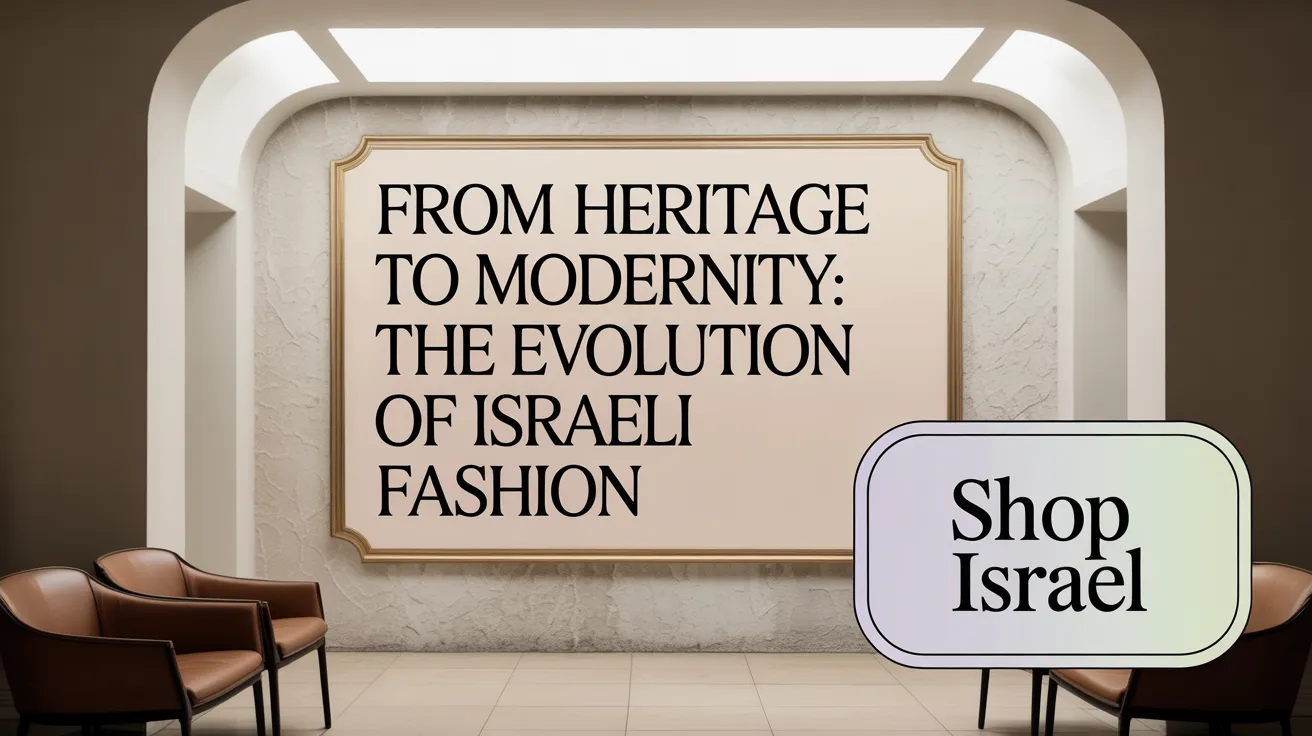
How do historic Israeli workwear and modern design philosophies intersect in current fashion?
The ATA workwear brand and its cultural significance, founded in 1934, epitomizes Israeli utilitarian workwear and nationalist spirit. Originating with ties to the labor movement and the kibbutznik lifestyle, ATA clothes like the iconic kibbutz hat and garments in "worker’s blue" symbolized authenticity and practicality, deeply embedded in early Zionist ethos. Learn more about ATA workwear brand and its cultural significance.
Today, ATA has been revived with a fresh approach focused on sustainability, gender-fluid fashion, and modern simplicity. This revival adapts historic designs for contemporary wear, incorporating biblical and Hebrew words that reflect cultural roots. Emphasizing eco-friendly materials and inclusive sizing, ATA bridges the past and present. Explore the ATA workwear brand and its cultural significance revival and its modern adaptations.
Beyond ATA, many Israeli designers also draw from the country's artistic and cultural heritage. They integrate traditional motifs, Hebrew script, and innovative textiles in their collections, honoring Israel’s unique identity while embracing global fashion trends. This fusion showcases Israel’s evolving story—from its collectivist roots to its modern, diverse society—expressed through clothing that celebrates history and creativity alike. For more on Israeli fashion history and contemporary designers, see this detailed overview.
Symbolism and Identity in Jewelry and Modest Fashion Trends

How do jewelry and modest fashion express cultural and religious identity in Israel?
Jewelry serves as a powerful medium for expressing Jewish and Israeli identity. In recent times, especially following the traumatic events of October 7, there has been a noticeable rise in jewelry featuring symbols like the Magen David and dog tags. These items have become emblematic not only of national pride but also personal solidarity with those affected by conflict.
At the same time, modest fashion is experiencing a resurgence across Israel. Women are increasingly choosing attire that honors traditional religious practices, wearing longer skirts, modest tops, and headscarves. This revival reflects a deeper connection to Jewish heritage and spiritual observance, part of the broader modest fashion resurgence in Israel.
Colors and patterns play an important role in evoking cultural and religious symbolism. Many garments include shades linked to Israeli nationalism, religious motifs, or historical significance. For example, some bridal couture designers have incorporated military-inspired colors such as olive green into their collections. These gowns often commemorate national tragedies, serving as wearable tributes that blend personal expression with collective memory.
This intertwining of symbolism and identity through both jewelry and modest clothing highlights the ways Israelis choose to visually affirm their heritage, faith, and patriotism in everyday life and formal occasions alike.
Cultural Diversity and Global Influence in Israeli Fashion
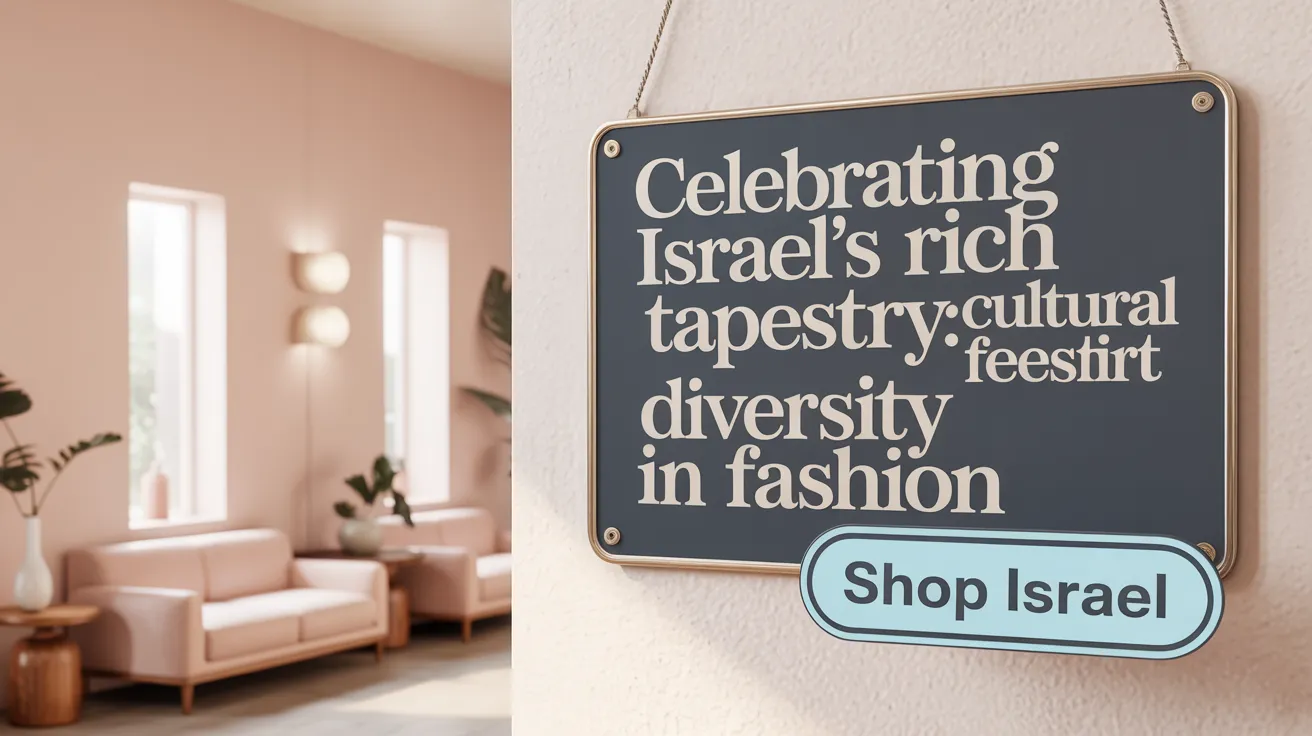
How does cultural diversity shape Israeli fashion and its global perception?
Israeli fashion is a vibrant reflection of the nation’s rich cultural mosaic. It draws deeply from the diverse heritages of Middle Eastern, Balkan, and Jewish Diaspora communities. Traditional elements like Yemenite embroidery and Arab keffiyeh patterns in Israeli fashion blend effortlessly with Balkan garments such as the entari, showcasing a fusion of styles passed down through generations.
Tel Aviv stands proudly as Israel’s fashion capital, nurturing renowned designers who bring international acclaim to Israeli aesthetics. Designers like Noa Raviv and Alon Livne innovate by merging modern materials with artistic themes, establishing Israel on the global fashion stage.
Global fashion trends also permeate Israeli style. Influences including androgyny, mixed media looks, and color choices evocative of conflict and resilience reflect the country's ongoing social and political realities. This evolving fashion landscape serves not only as clothing but as an expression of personal and collective identity, mirroring Israel’s societal values and embodies a story of unity through diversity. For more insight see Israeli fashion history and cultural diversity in fashion.
Conclusion: The Enduring Role of Cultural Symbols in Israeli Fashion
Cultural Symbols as Pillars of Israeli Fashion
Israeli fashion remains deeply rooted in cultural and national identity, with symbols like the Star of David, maps of Israel, and Hebrew inscriptions continuing to inspire designs. Jewelry featuring the Magen David and dog tags have become potent expressions of national pride, particularly following recent events.
Heritage and Identity Interwoven with Modern Trends
The fashion landscape blends tradition with contemporary styles—from modest attire and military-inspired bridal couture to innovative workwear revivals like ATA’s embrace of Zionist values. This dynamic fusion honors Jewish heritage while resonating with the modern Israeli and diaspora audience.
A Living Fashion Narrative
Israeli fashion reflects history, spirituality, and societal shifts, adapting to current moods while retaining distinct markers of cultural symbolism. Designers and consumers alike use clothing and accessories as a language of solidarity, remembrance, and shared identity, ensuring that cultural symbols remain vibrant and relevant within today’s fashion scene.



